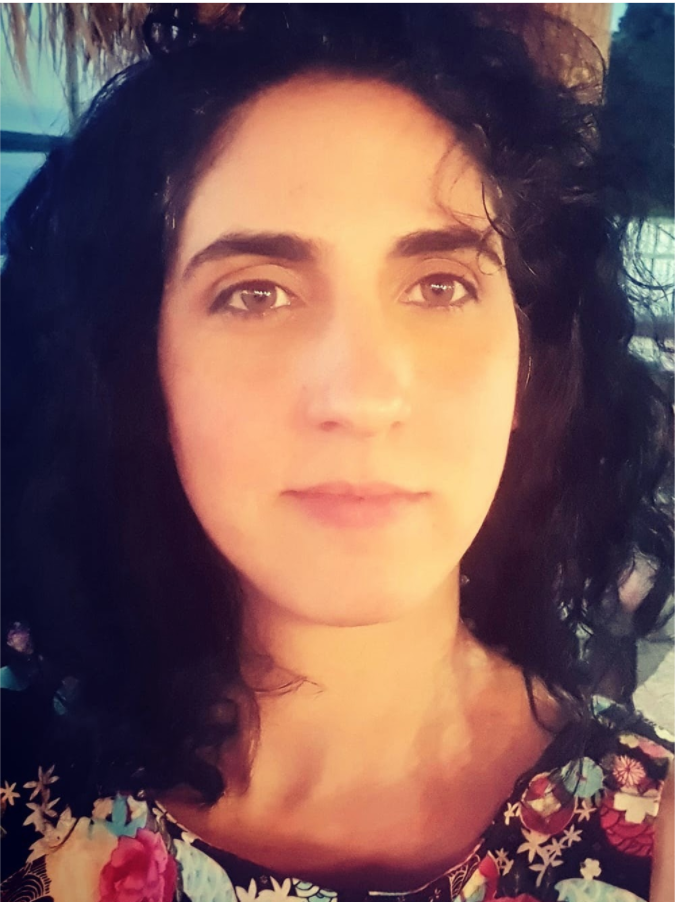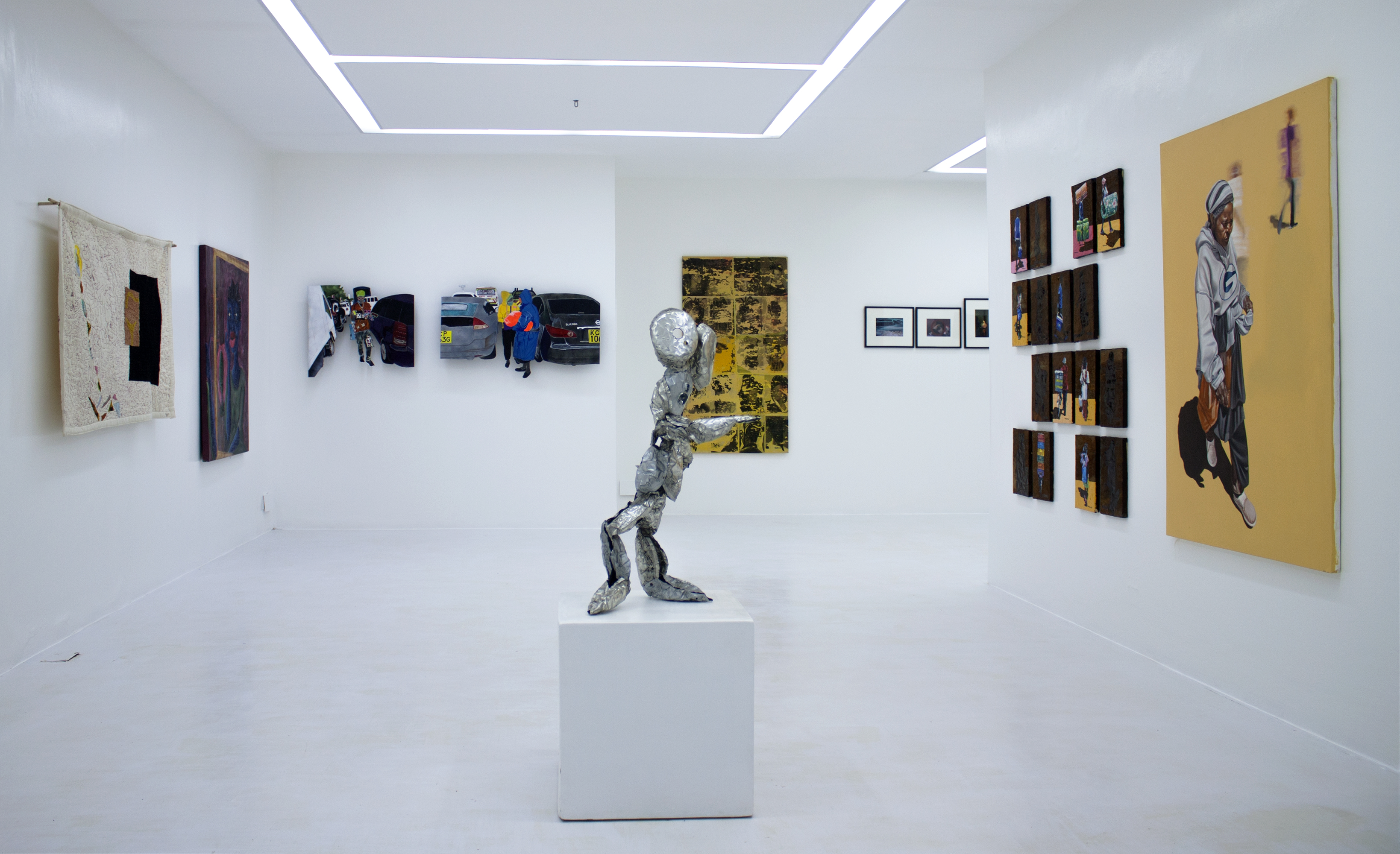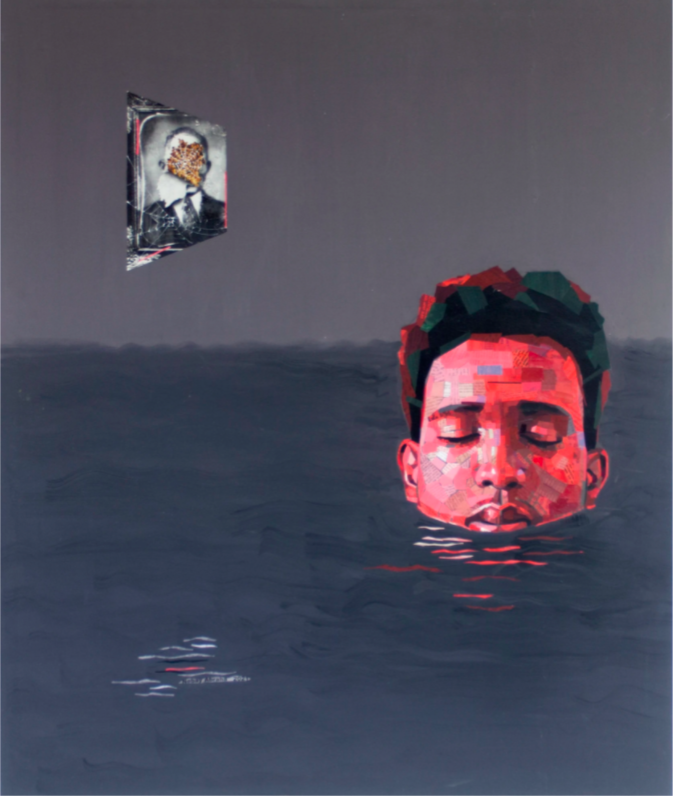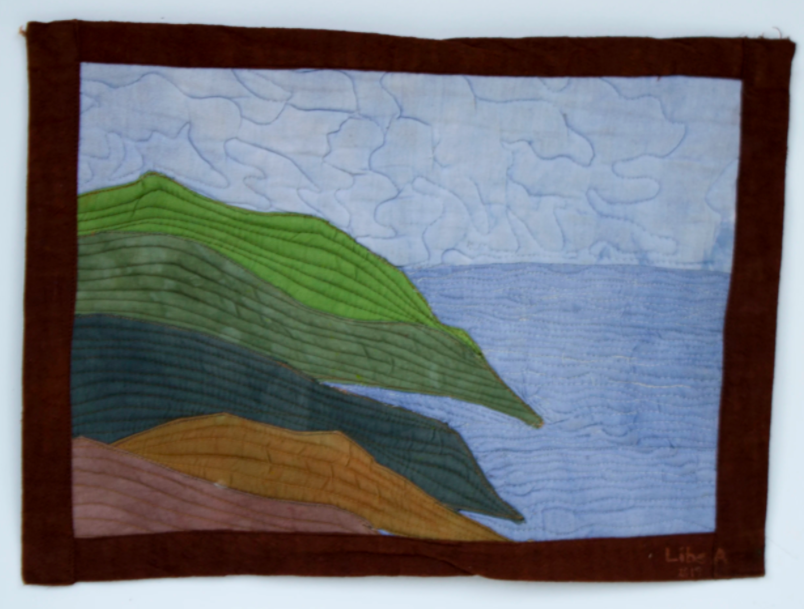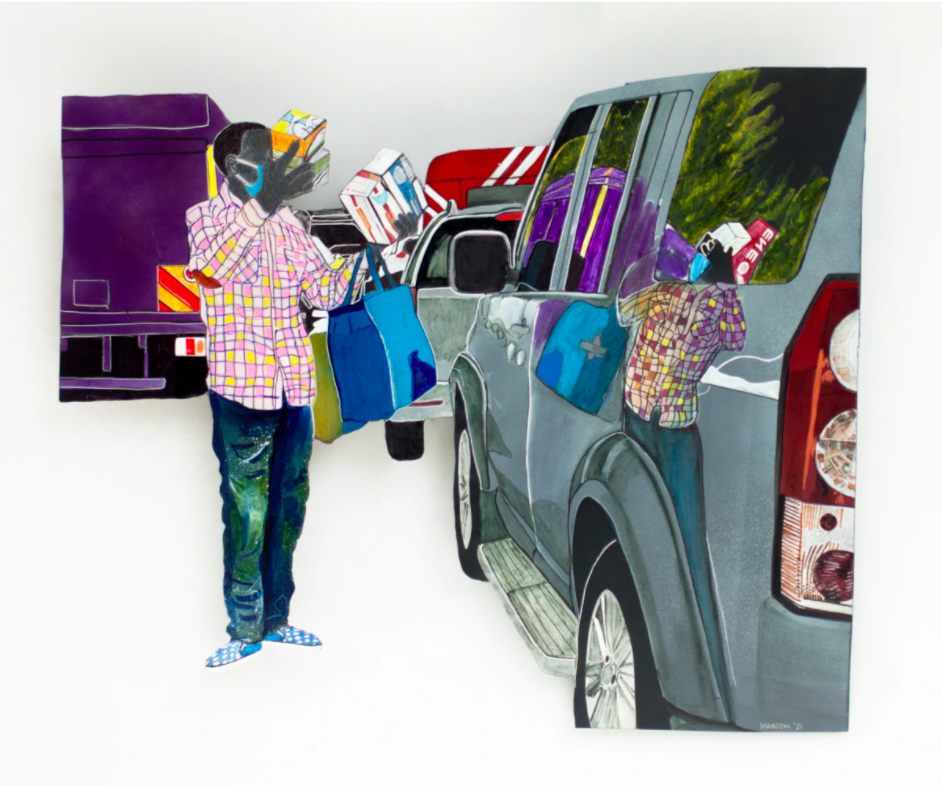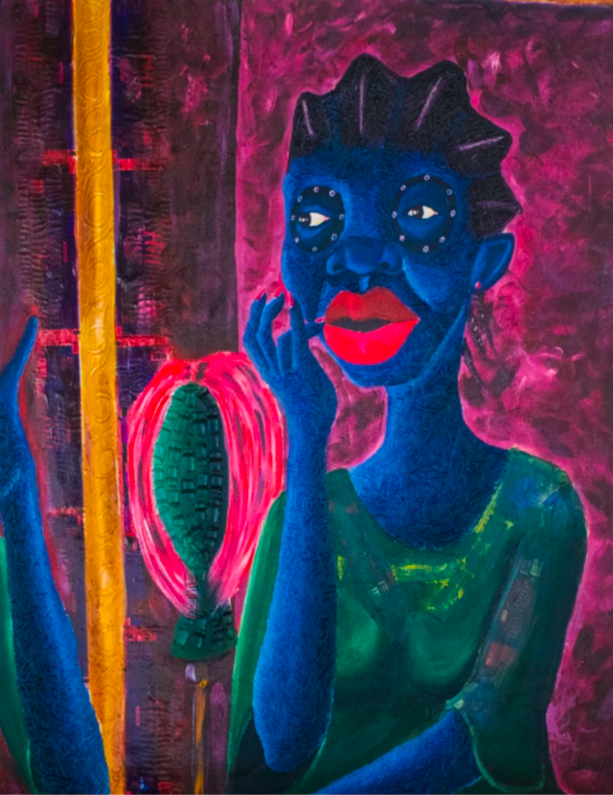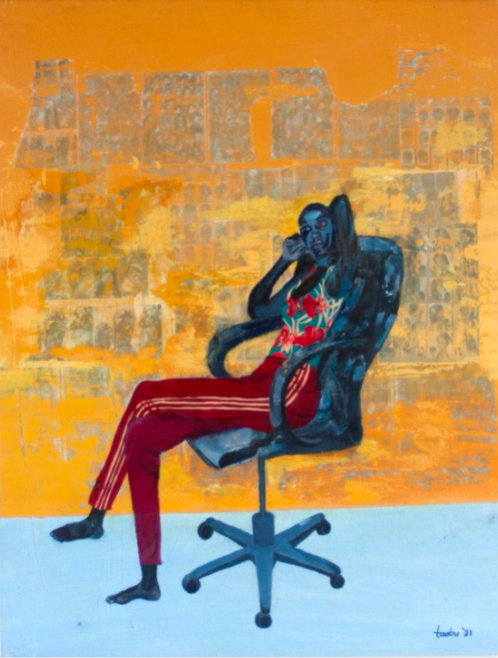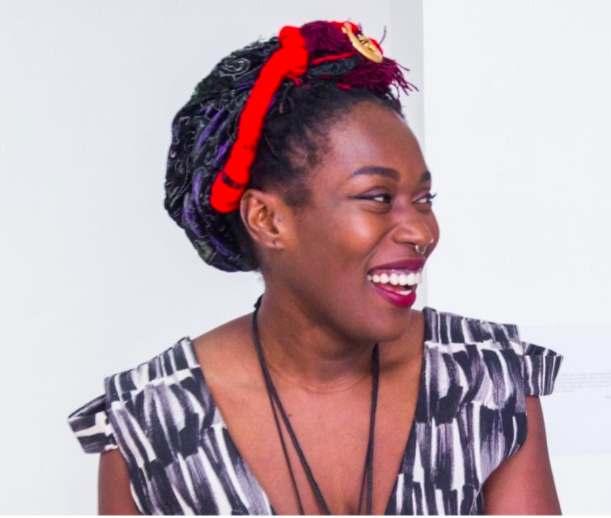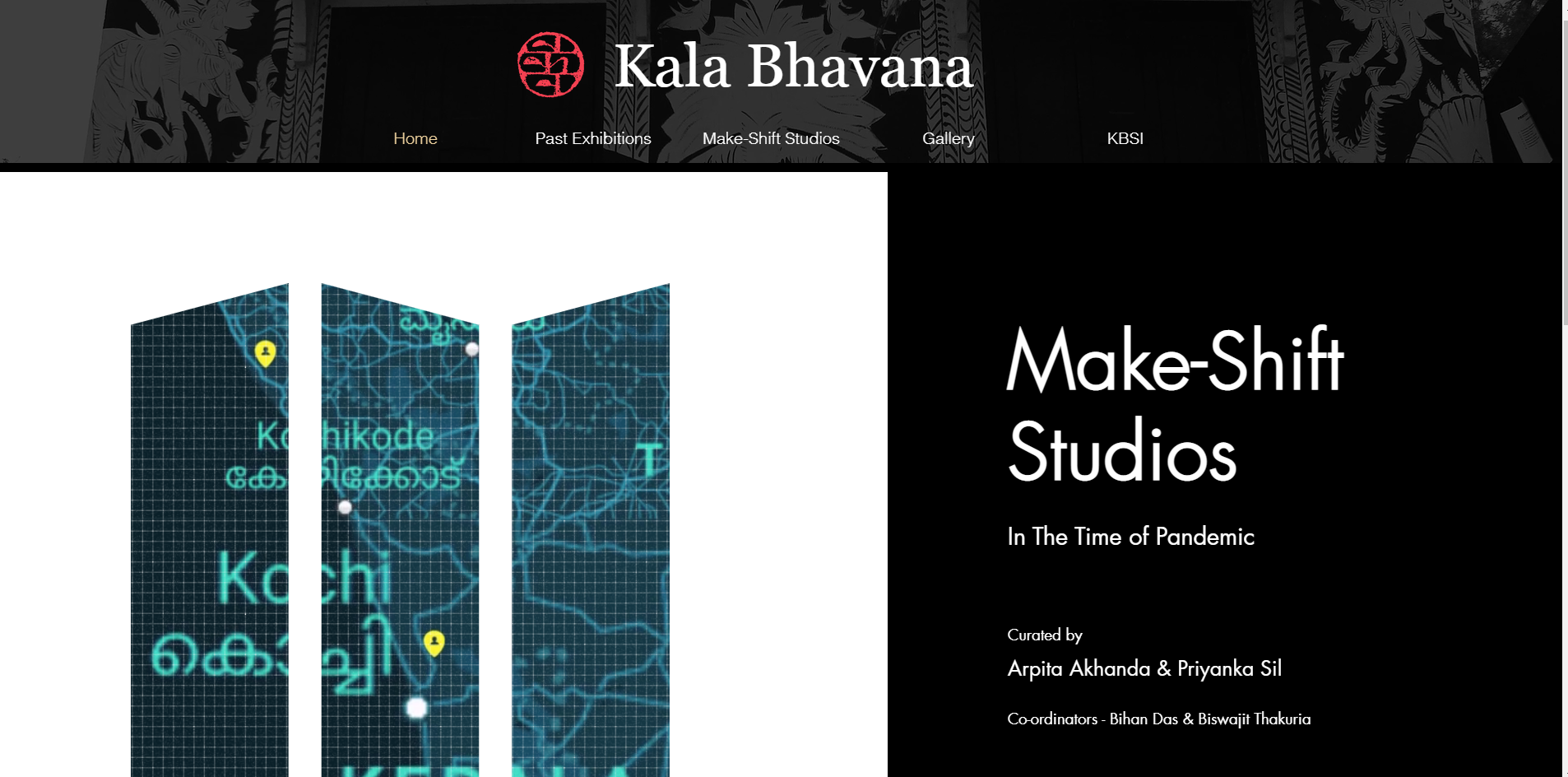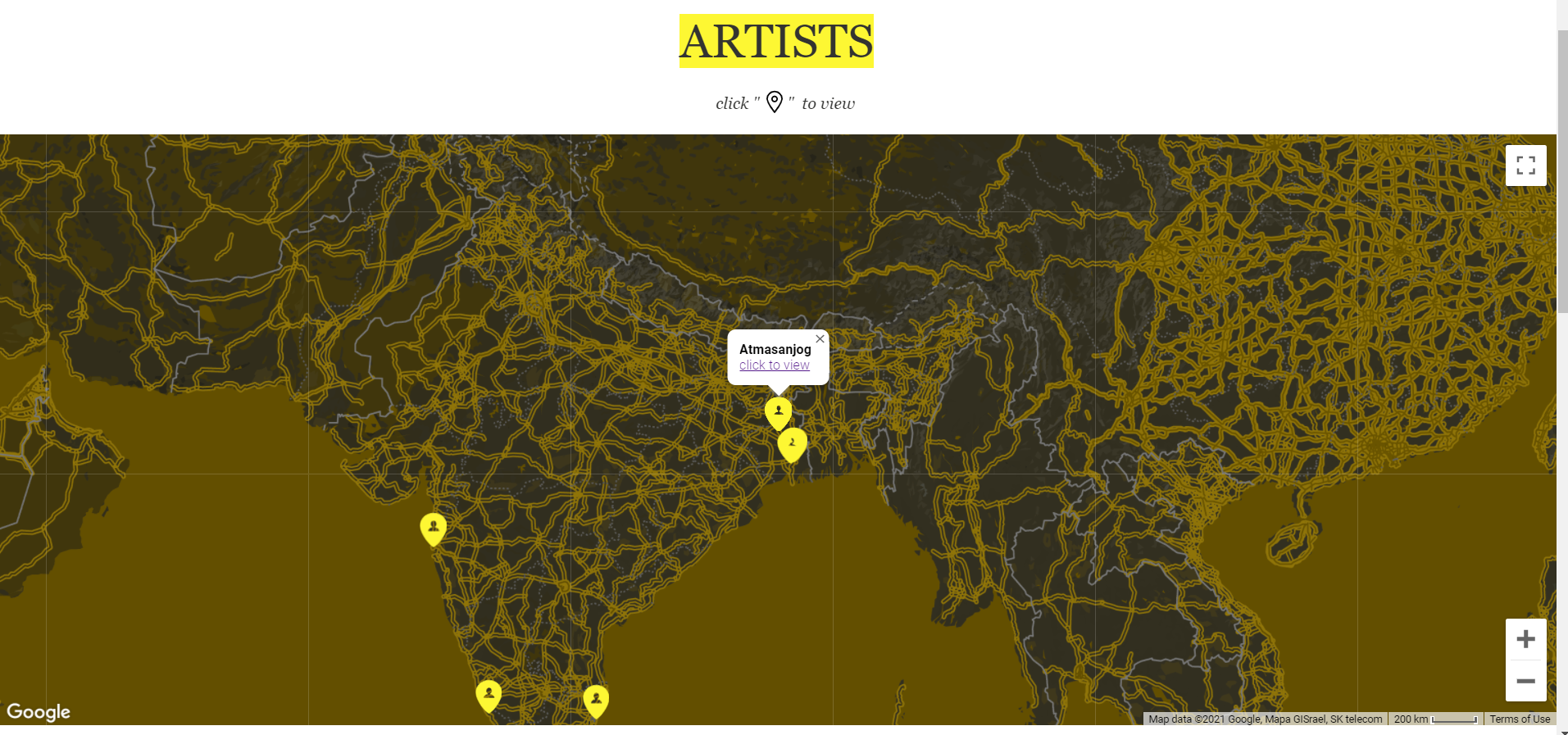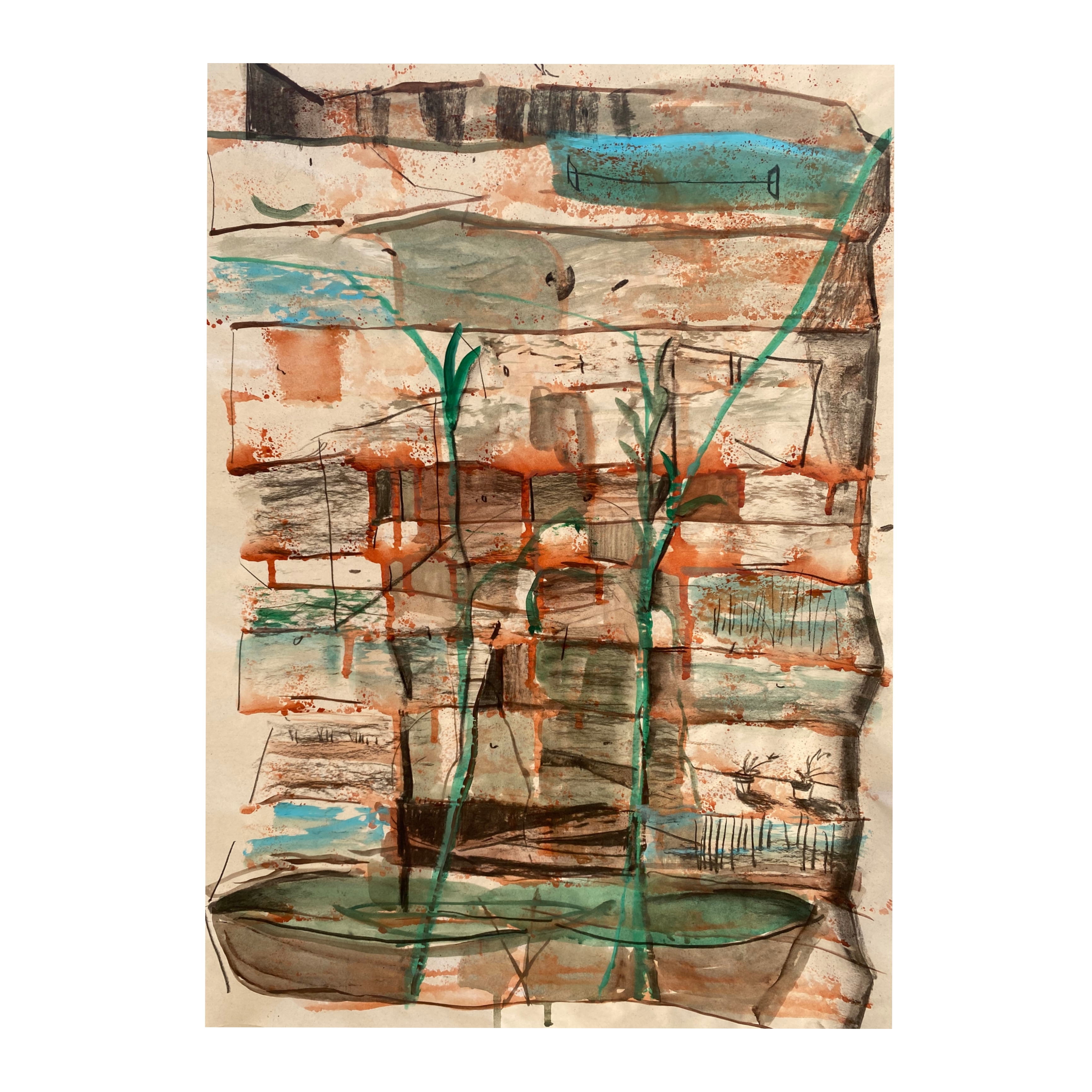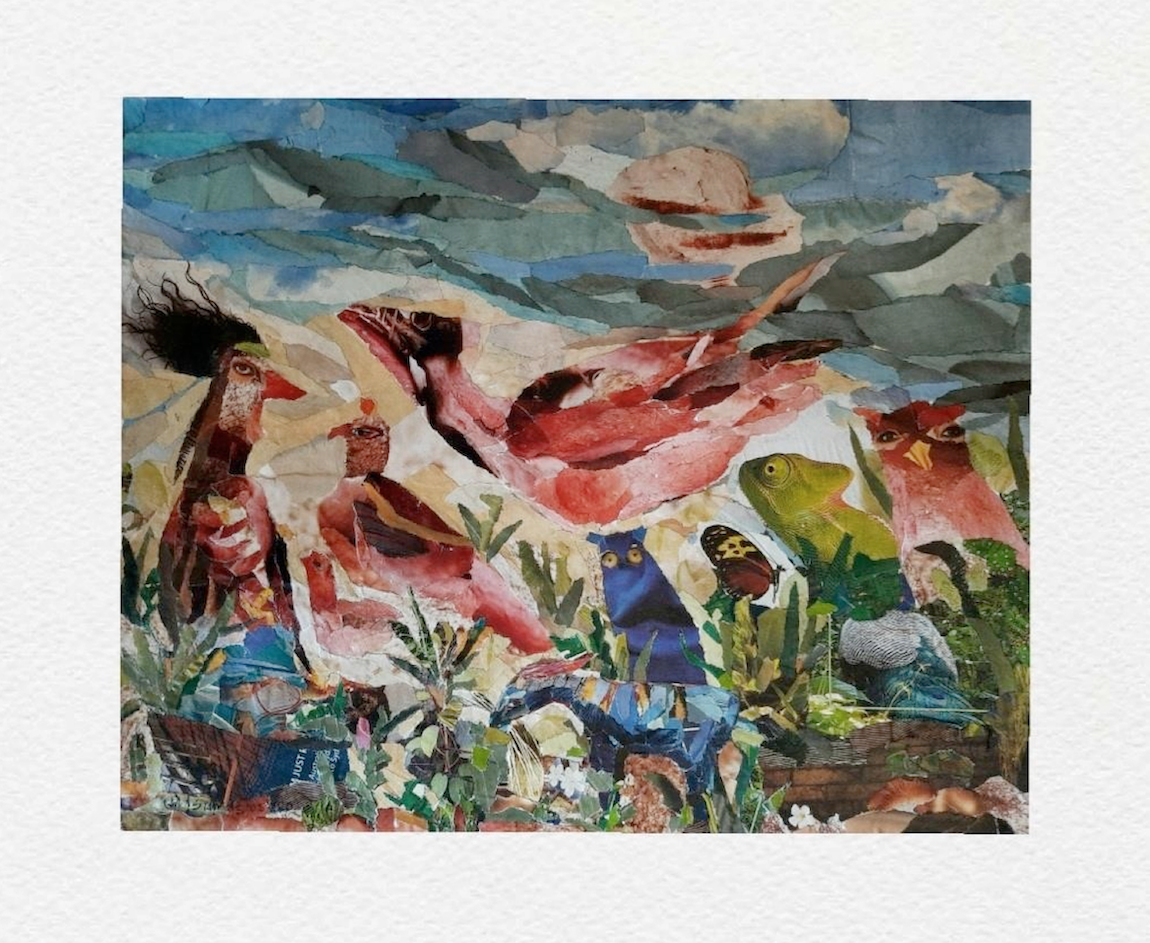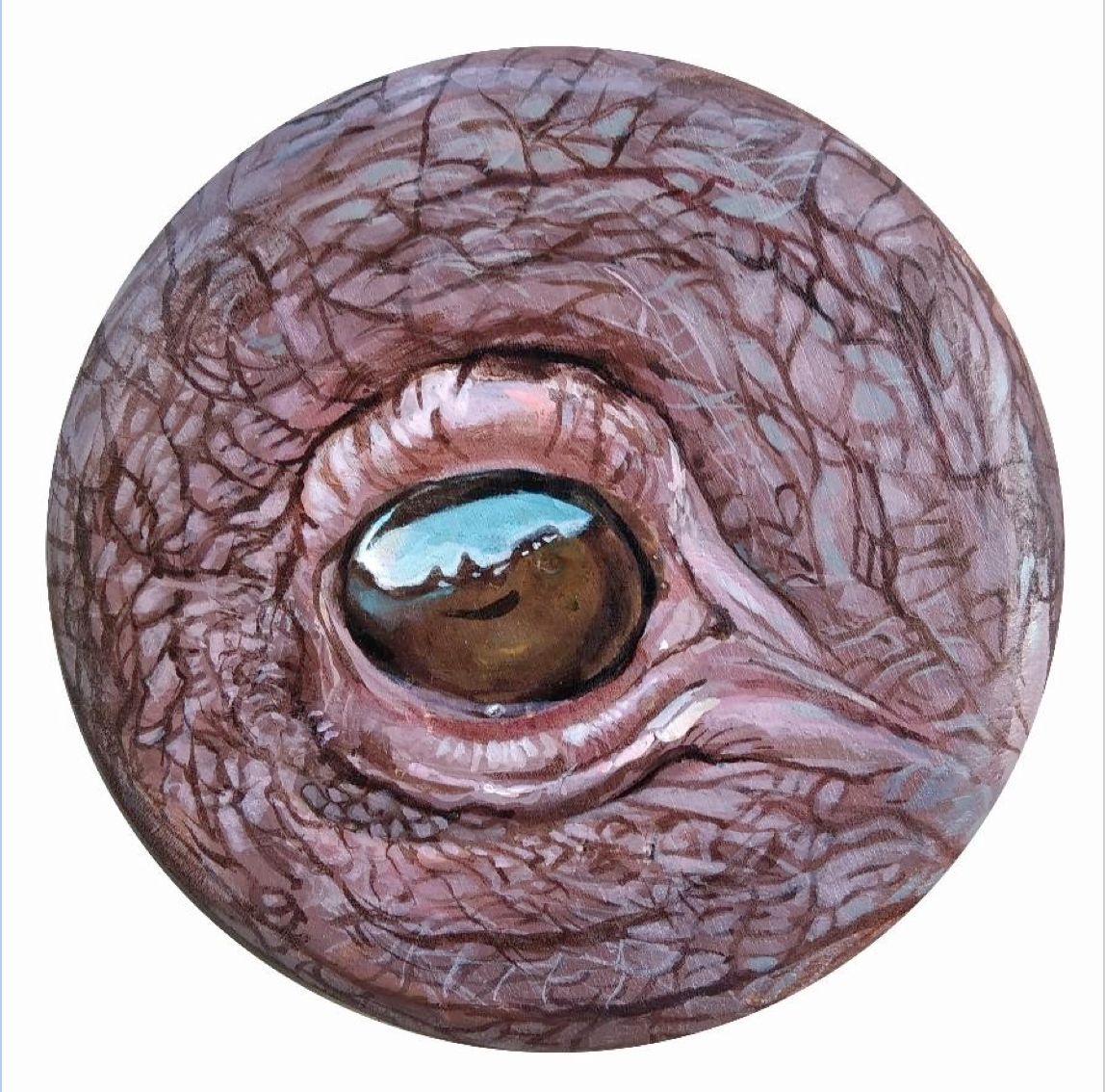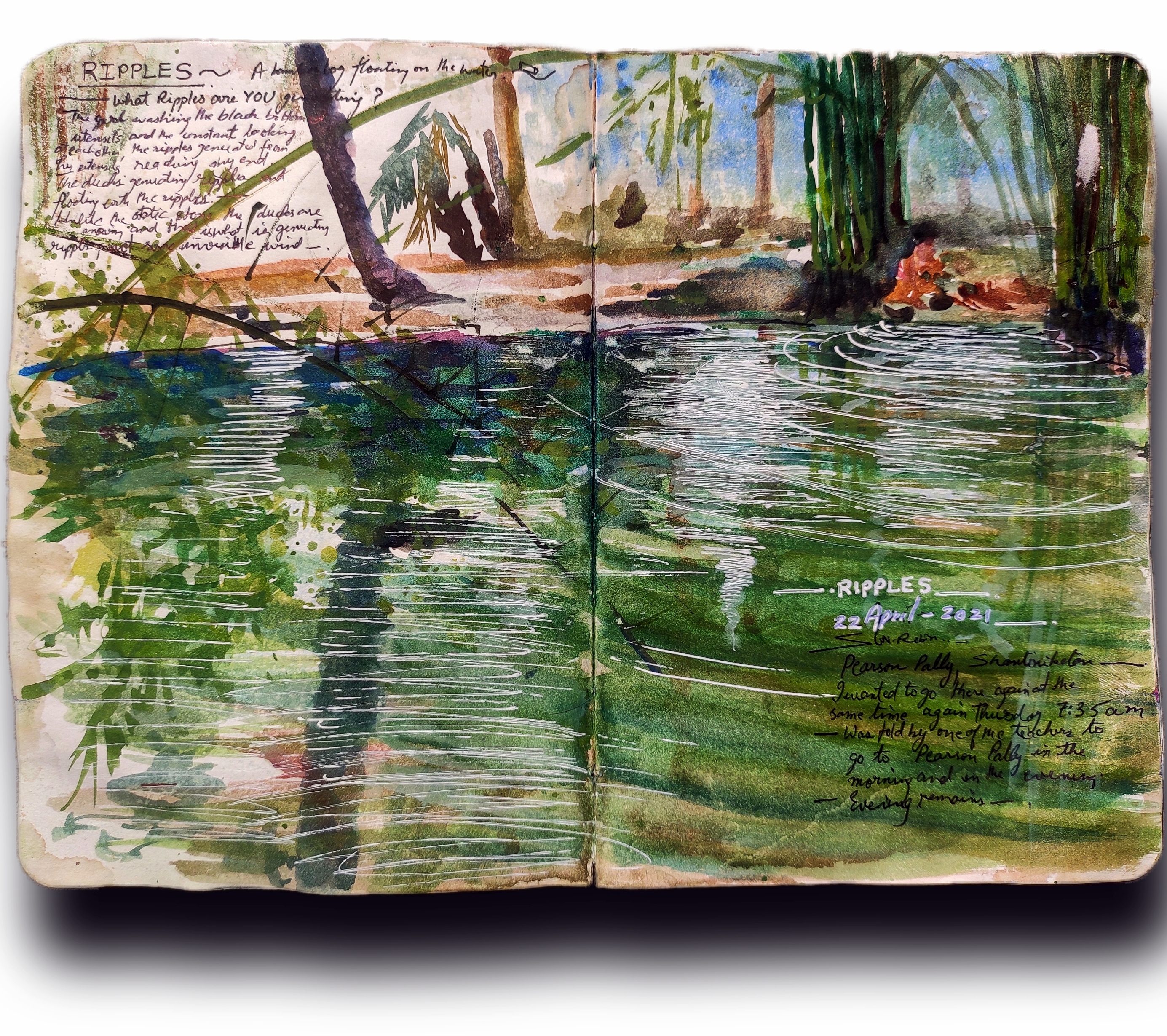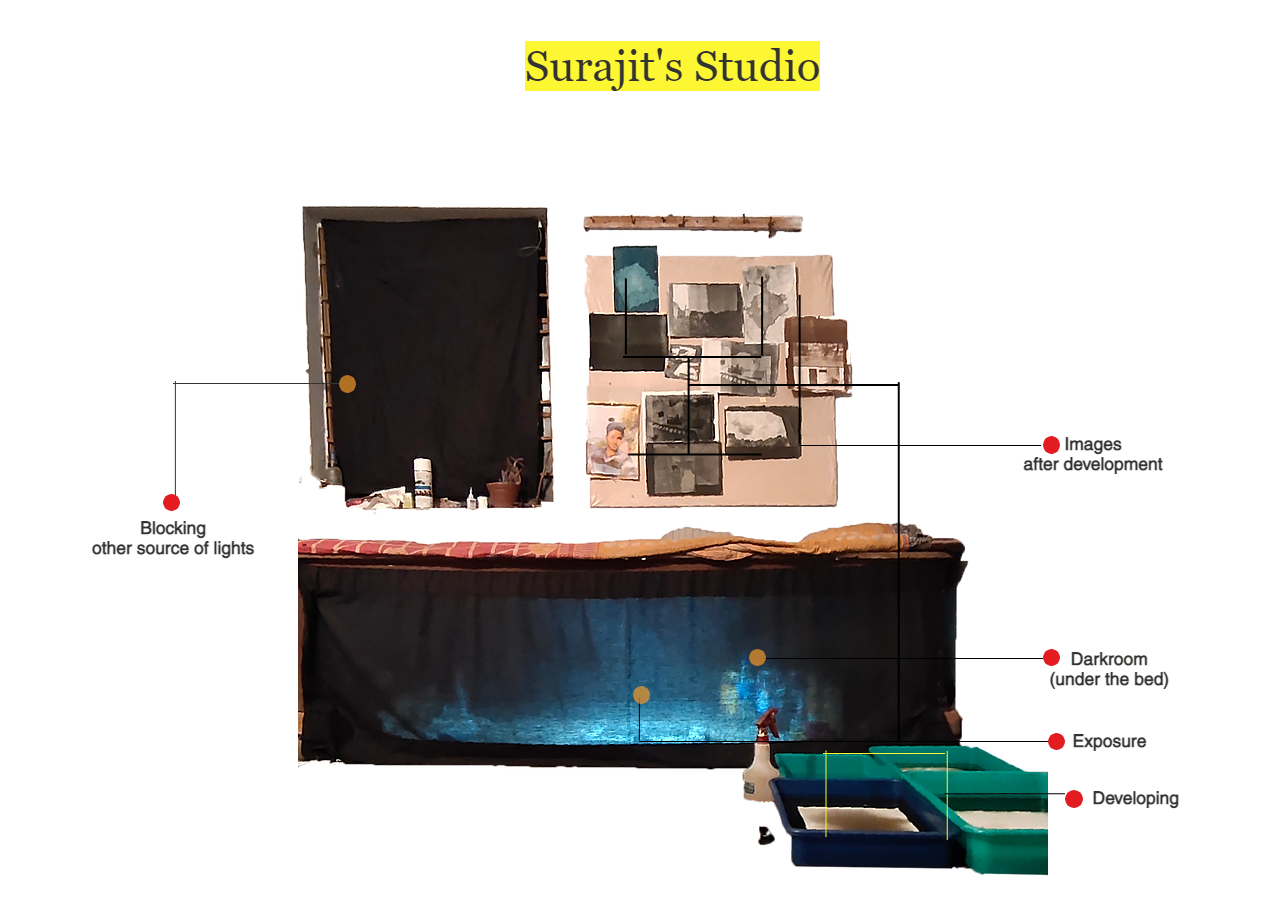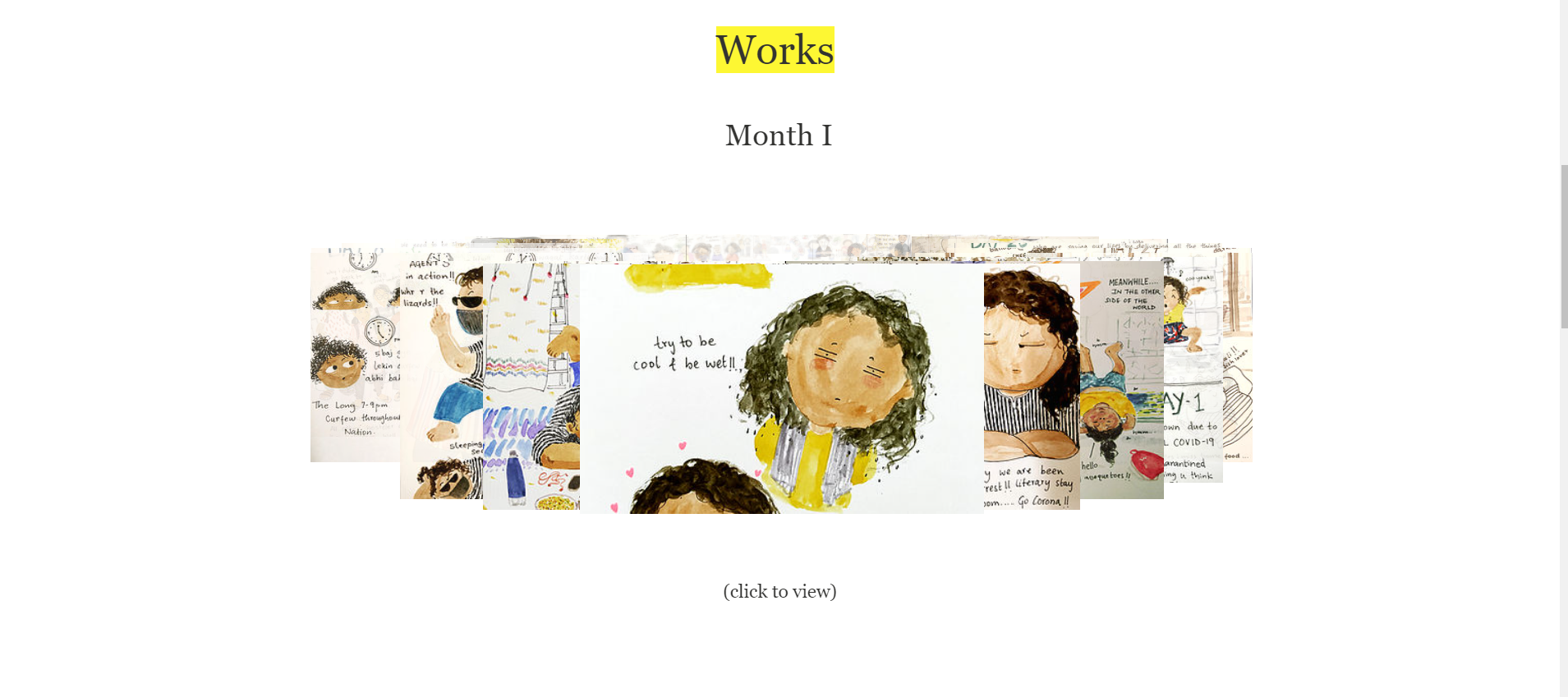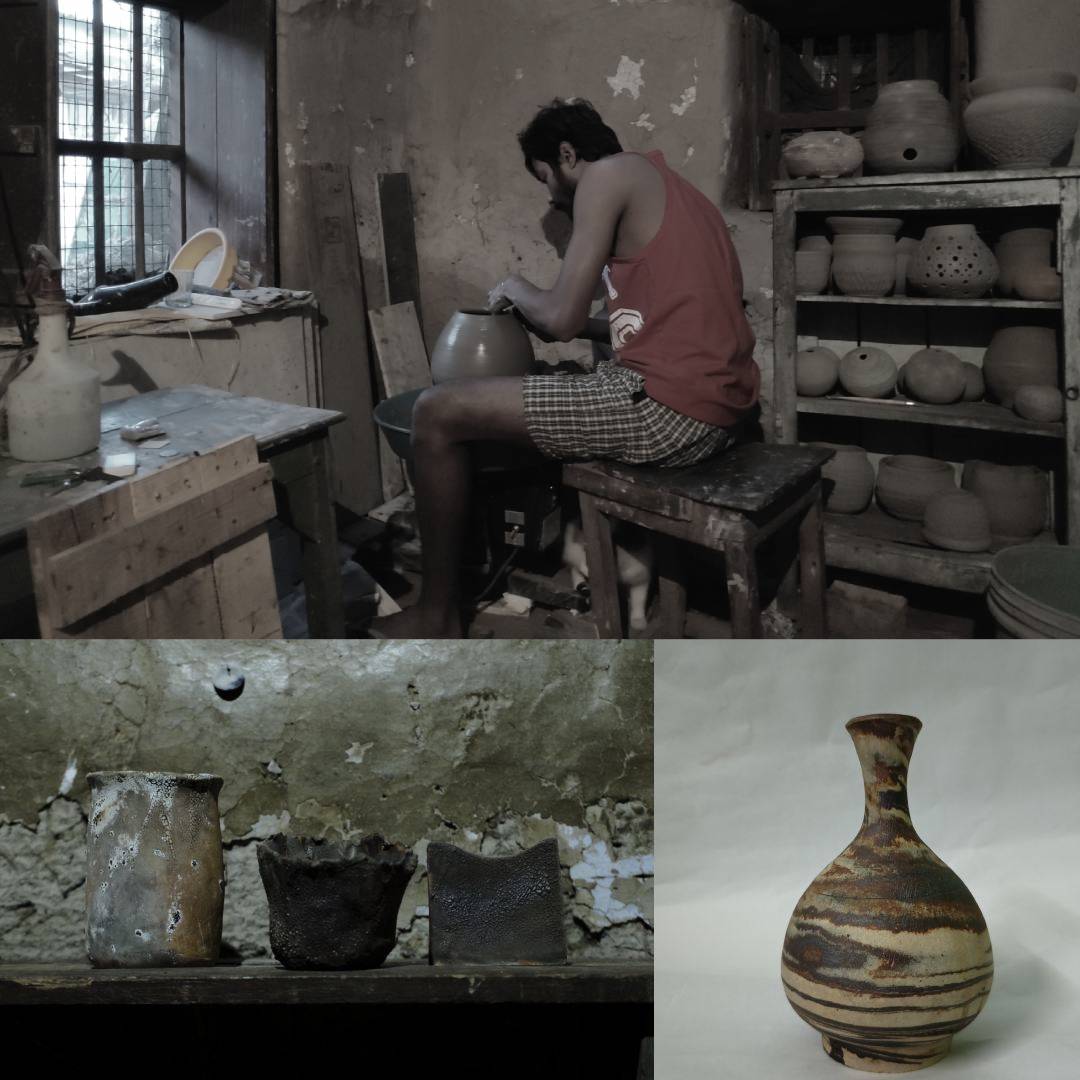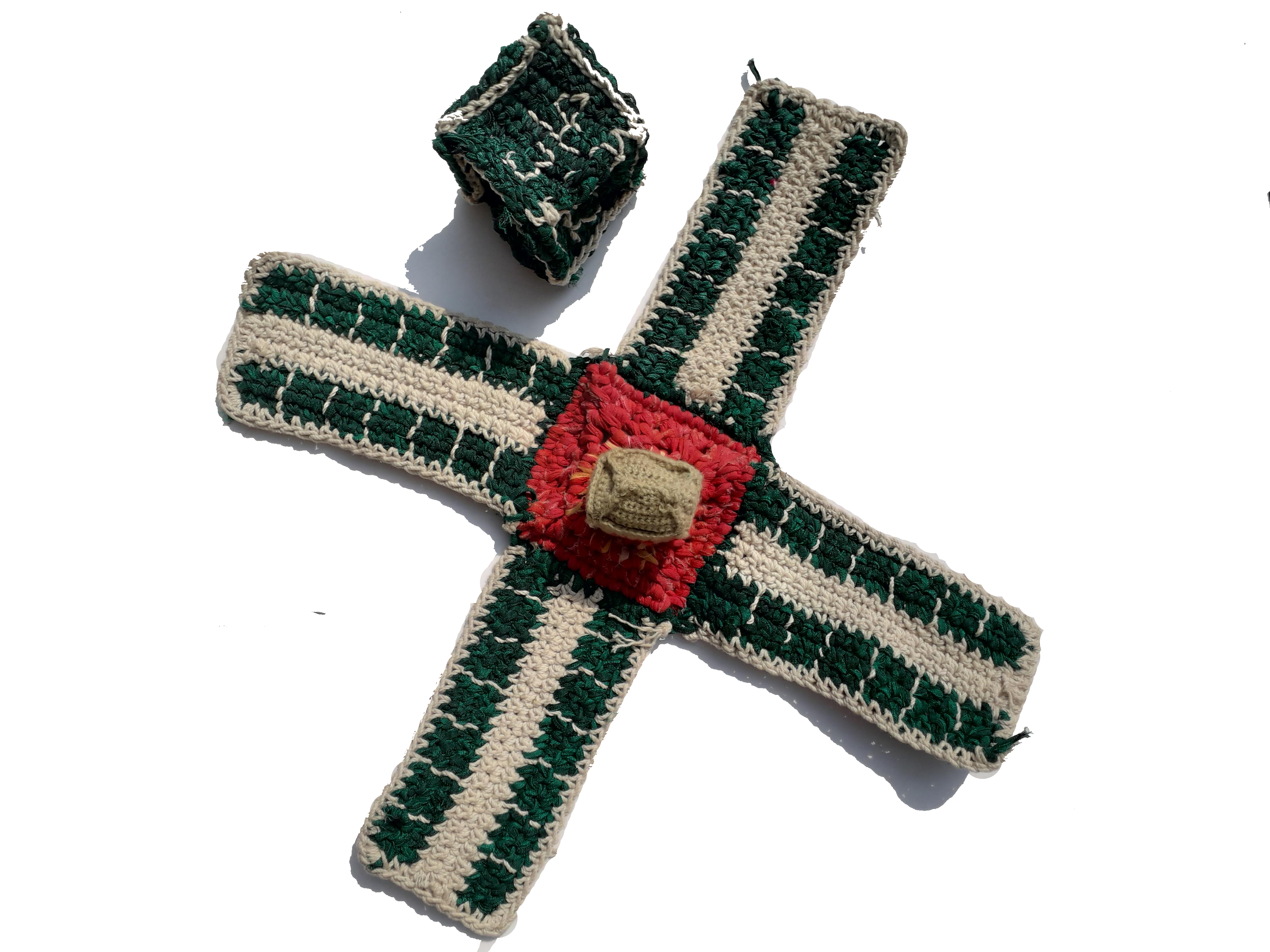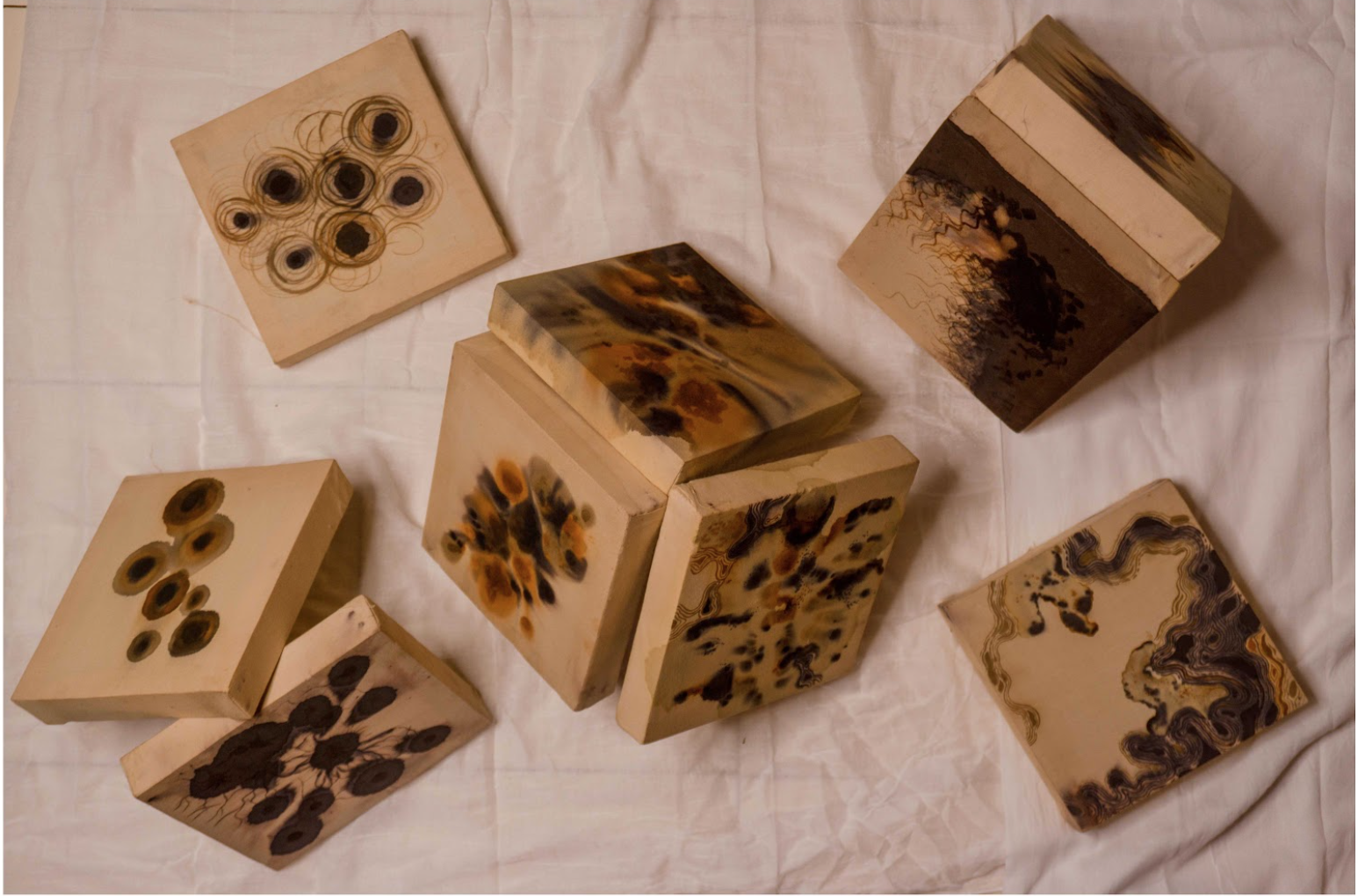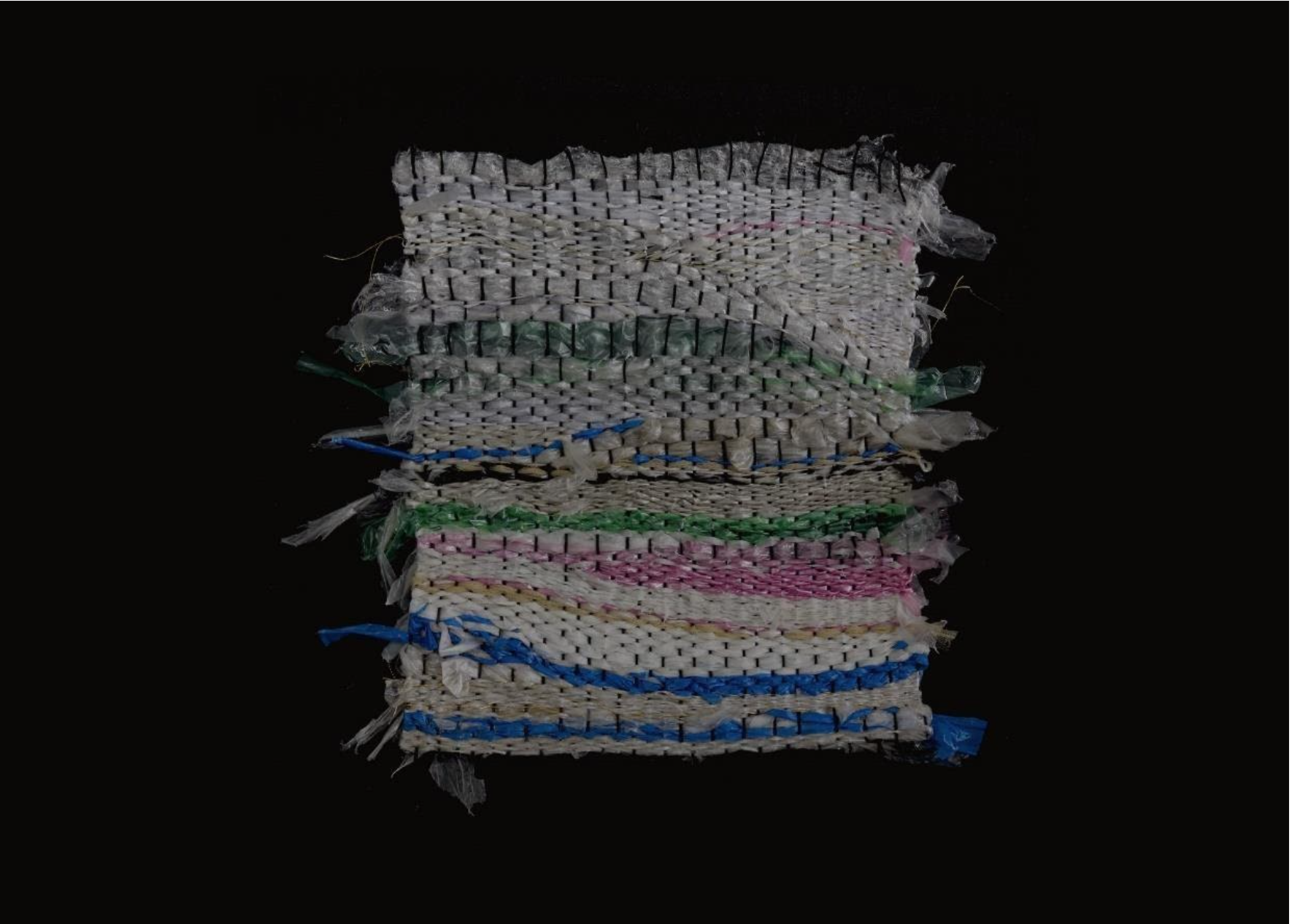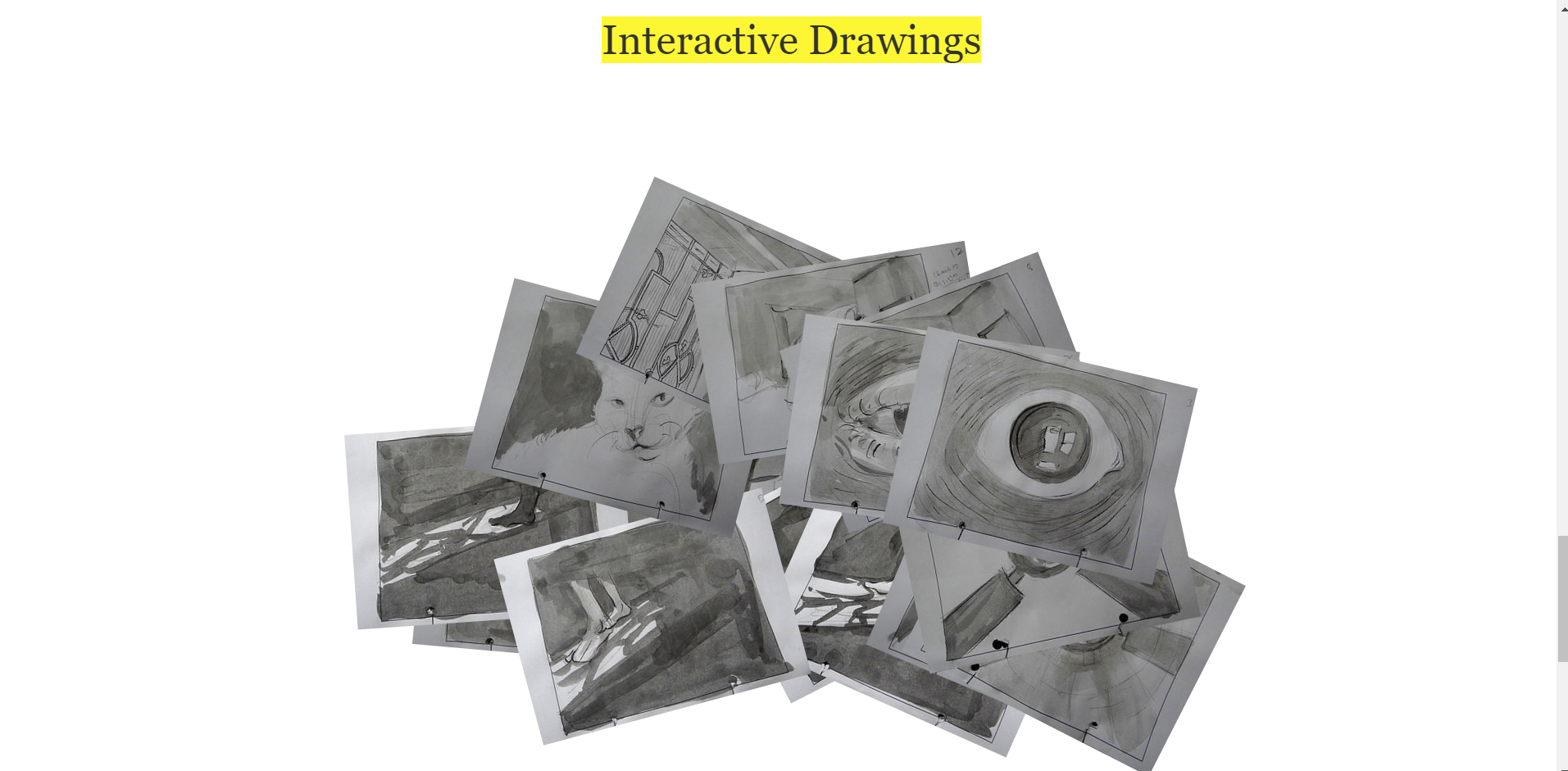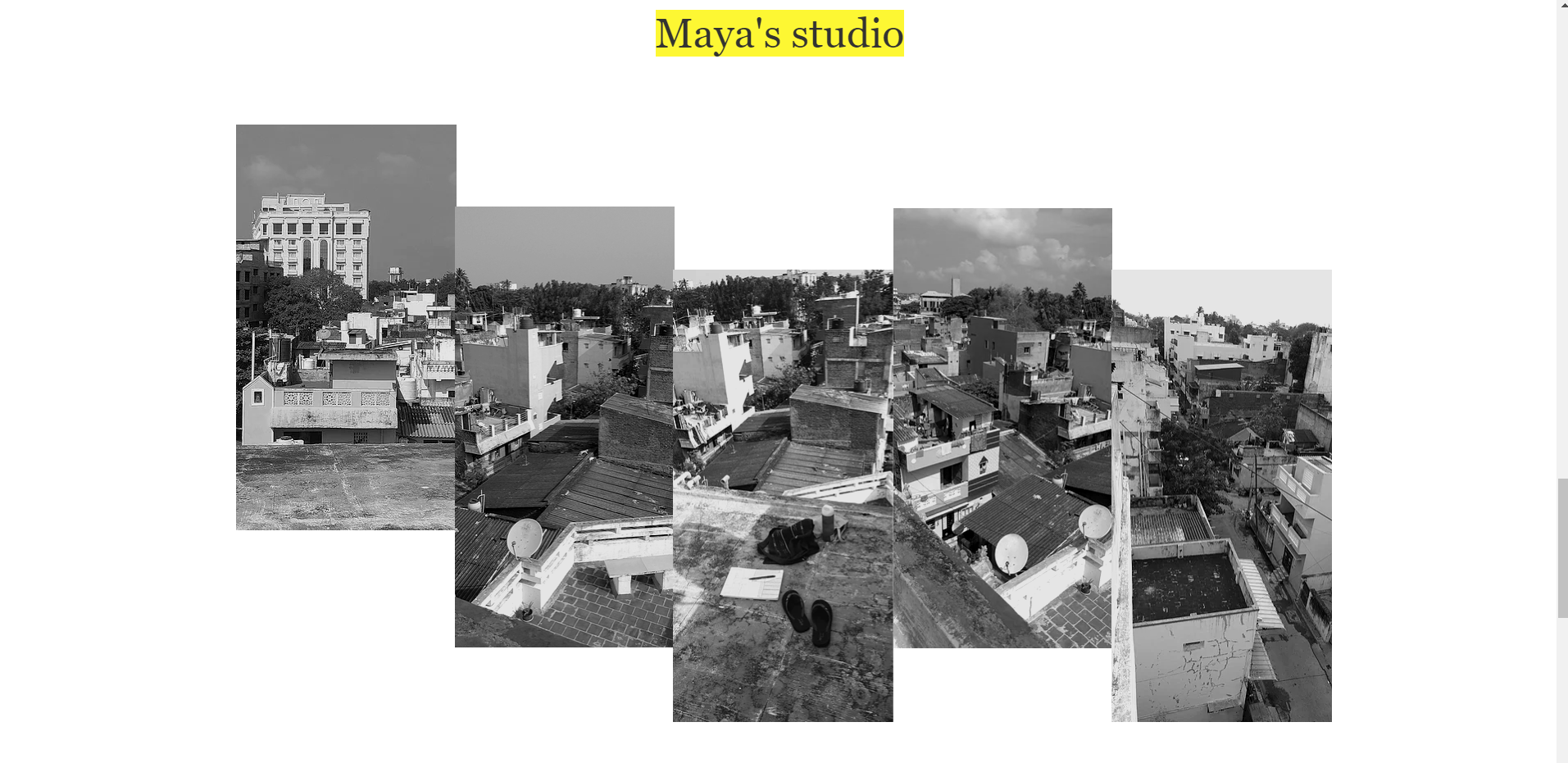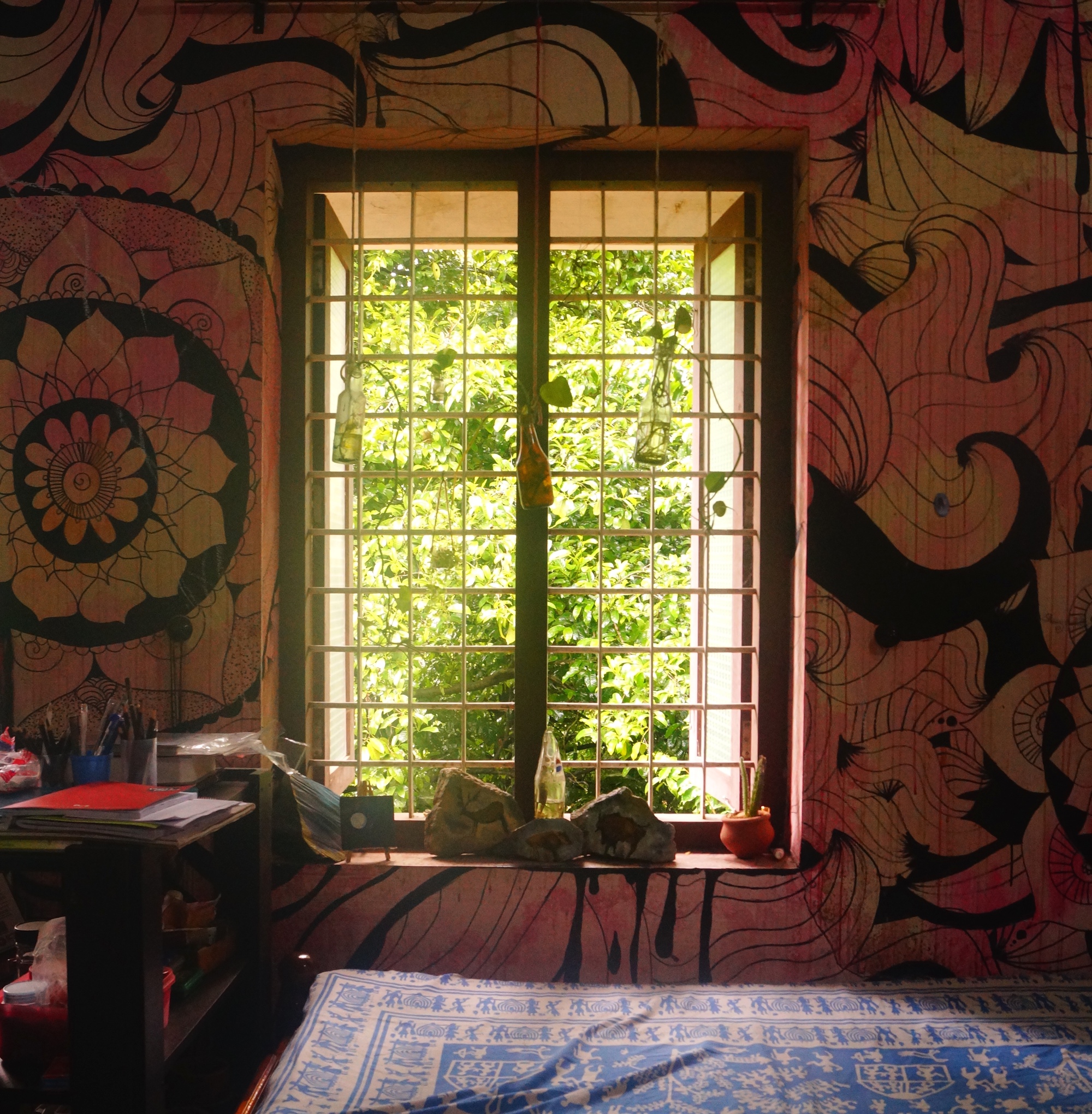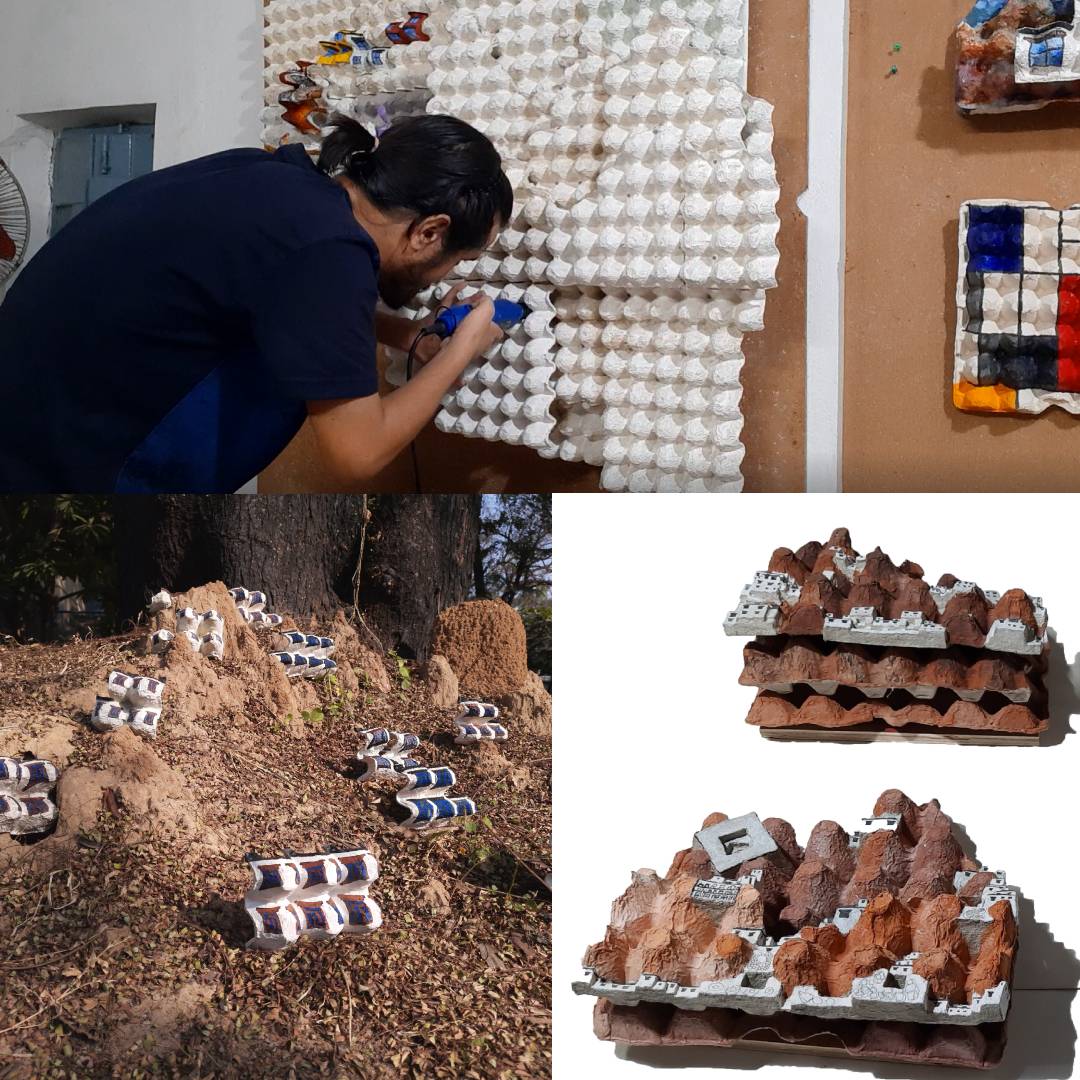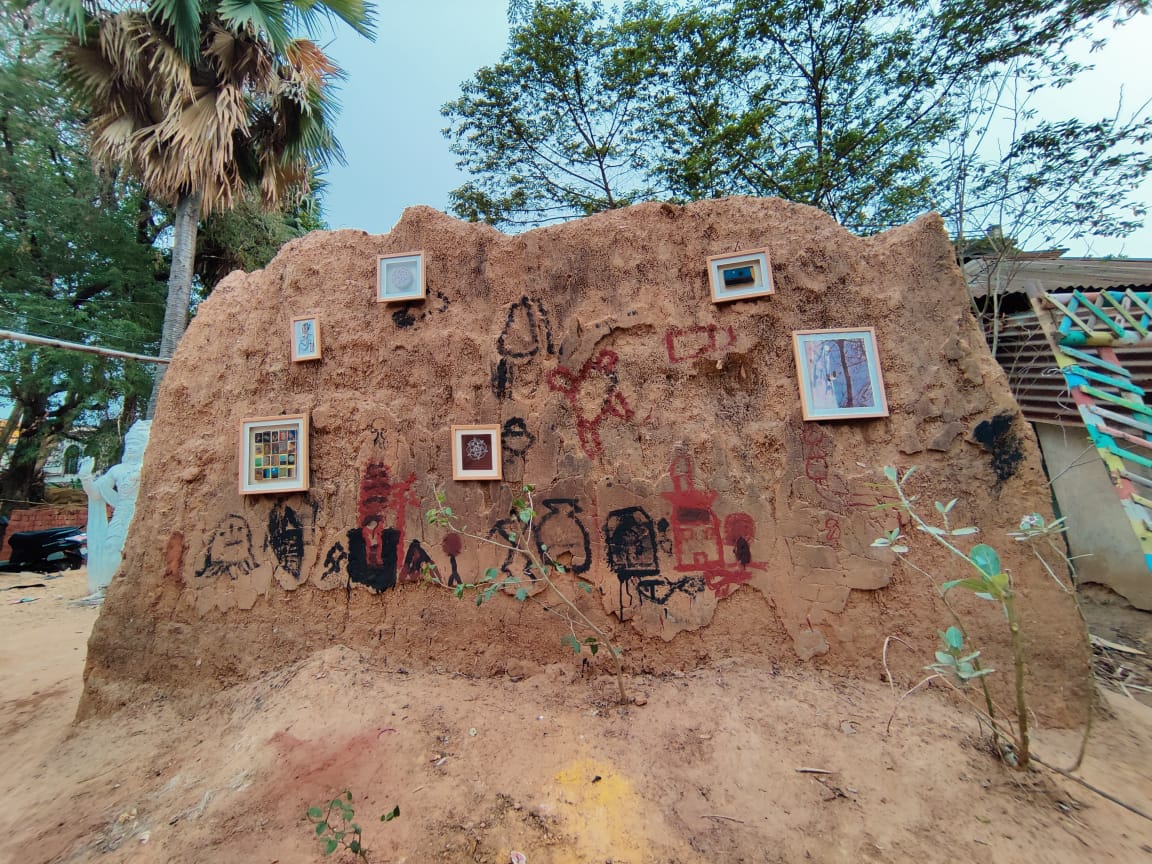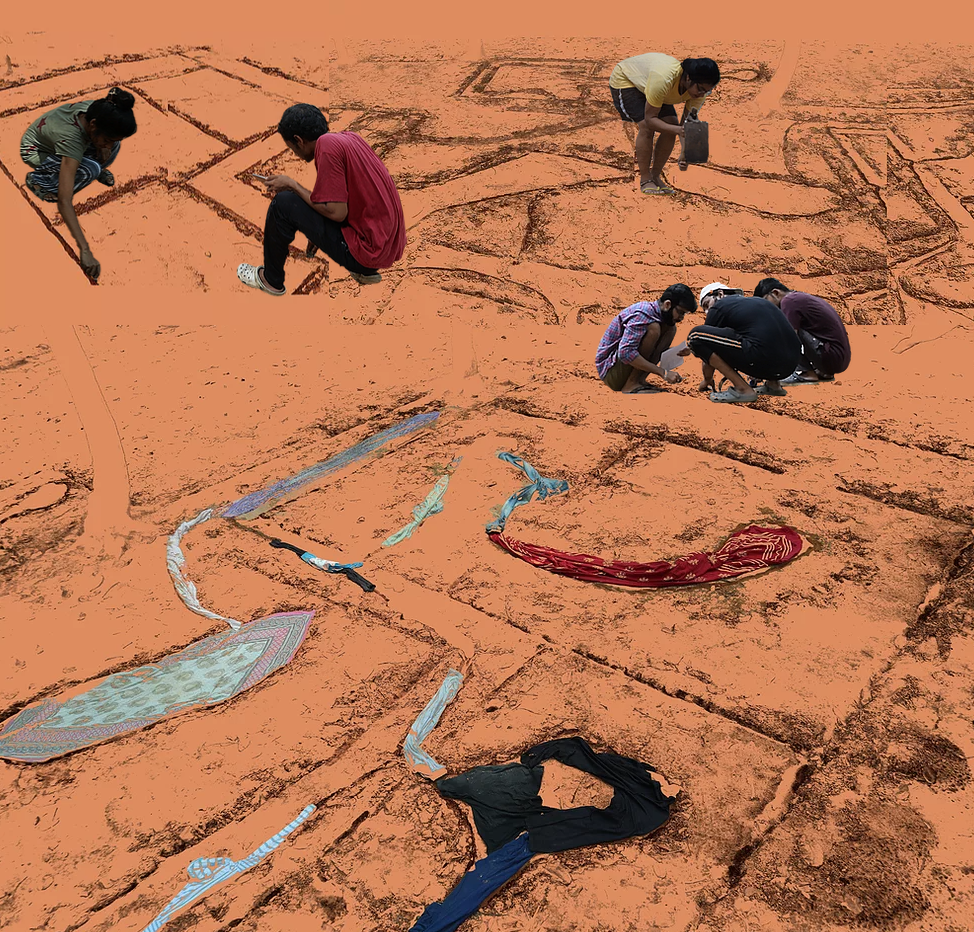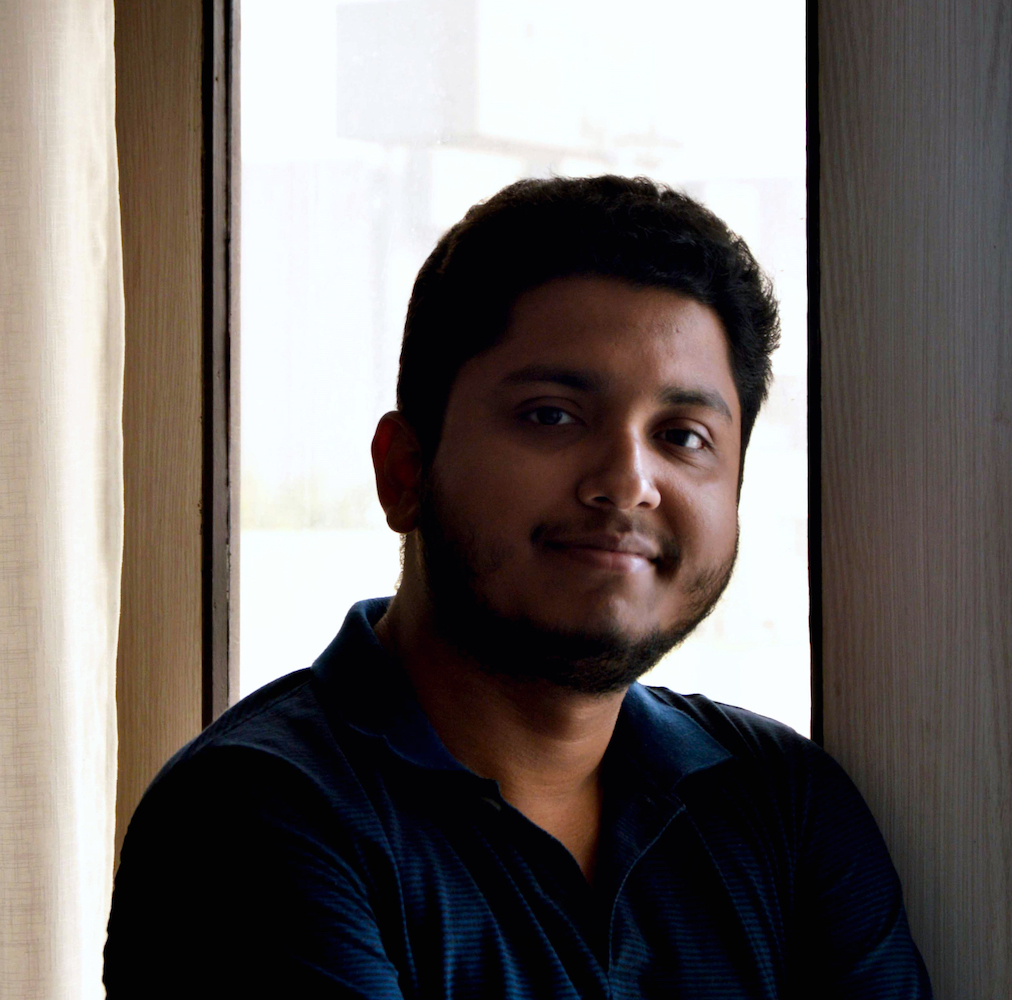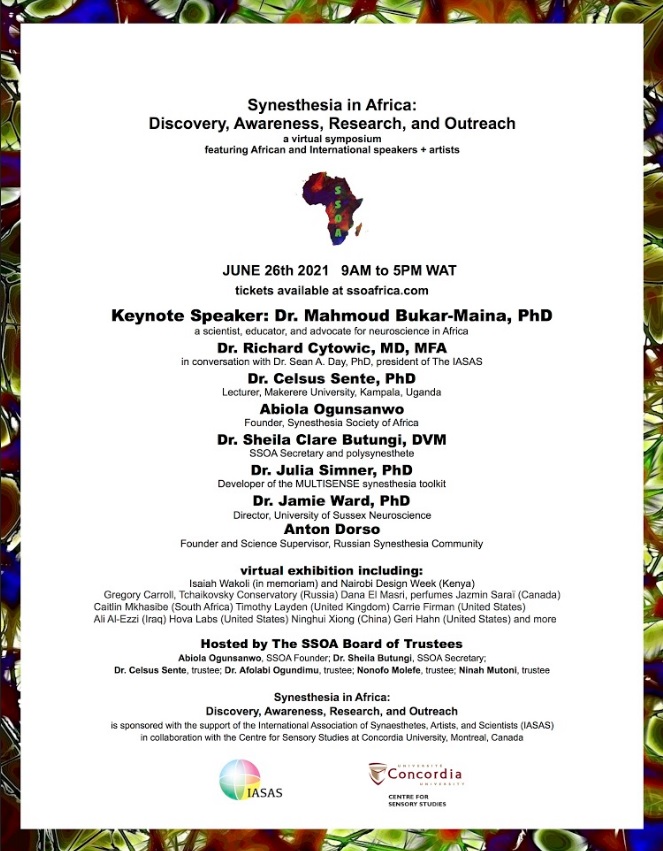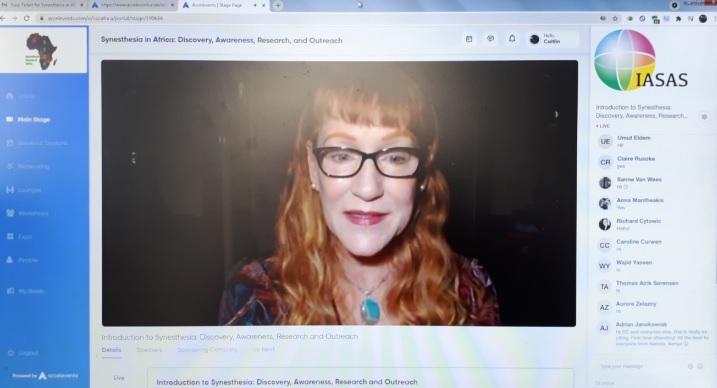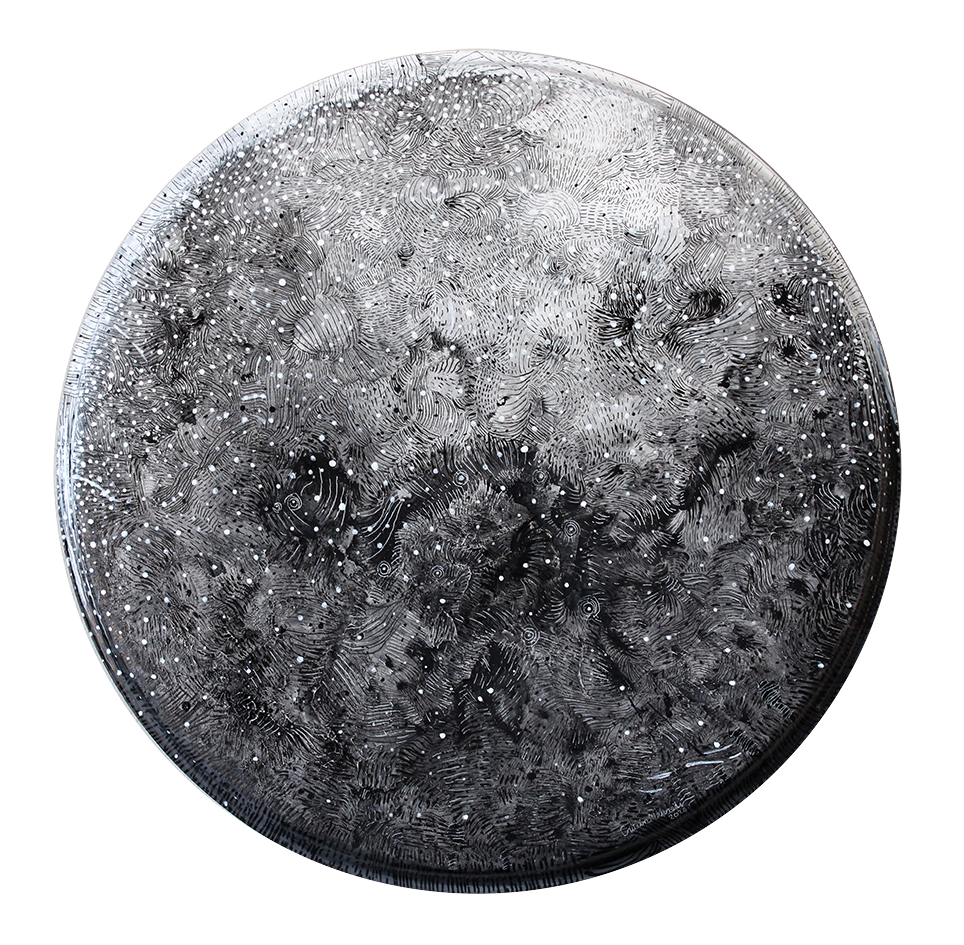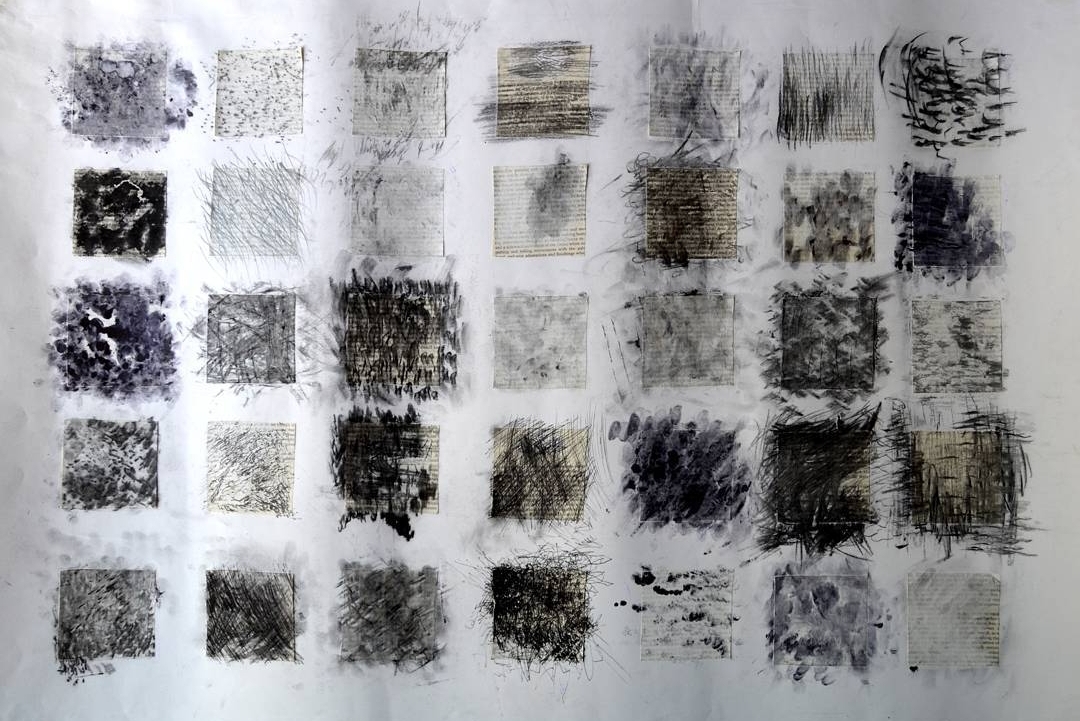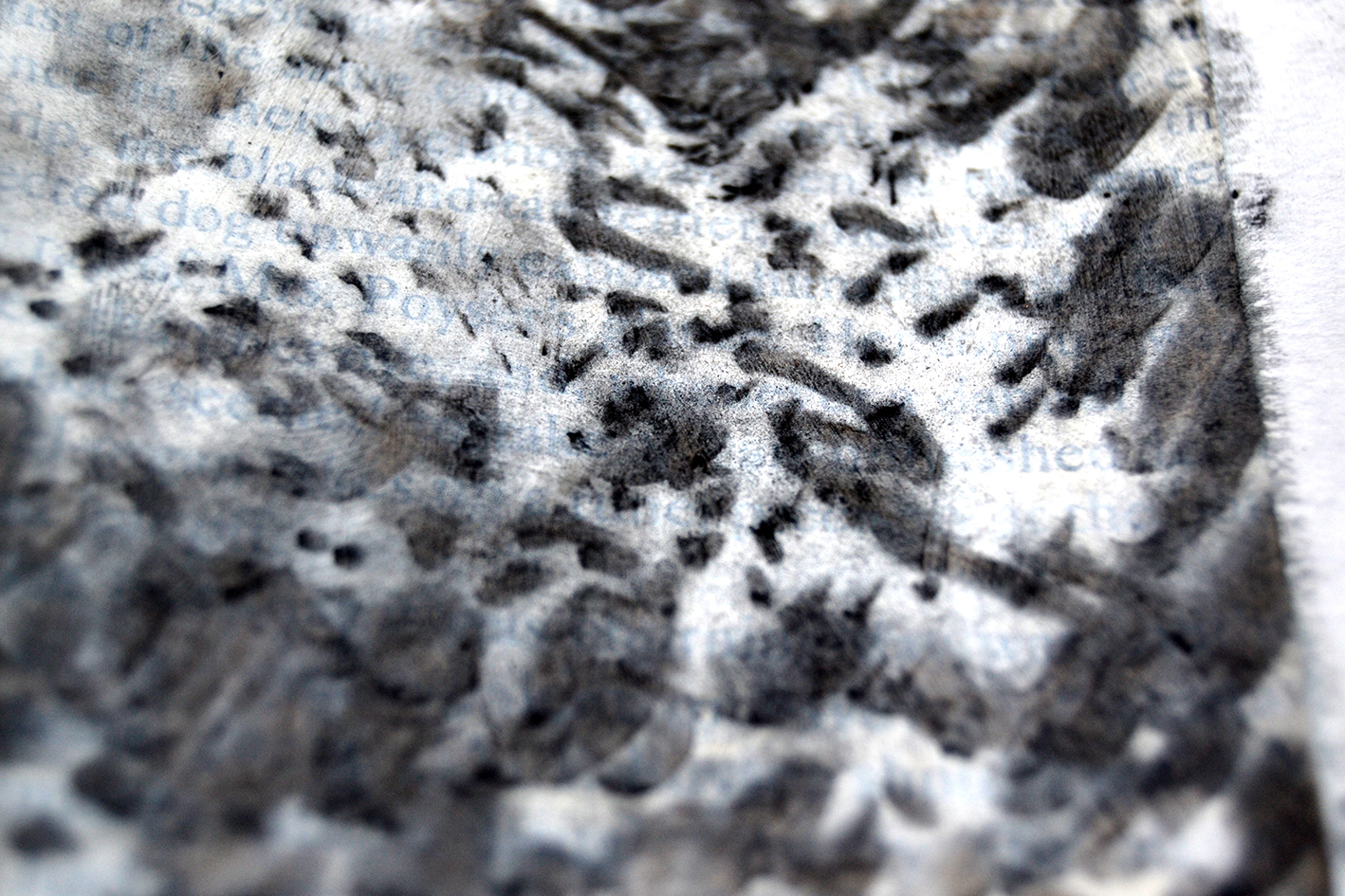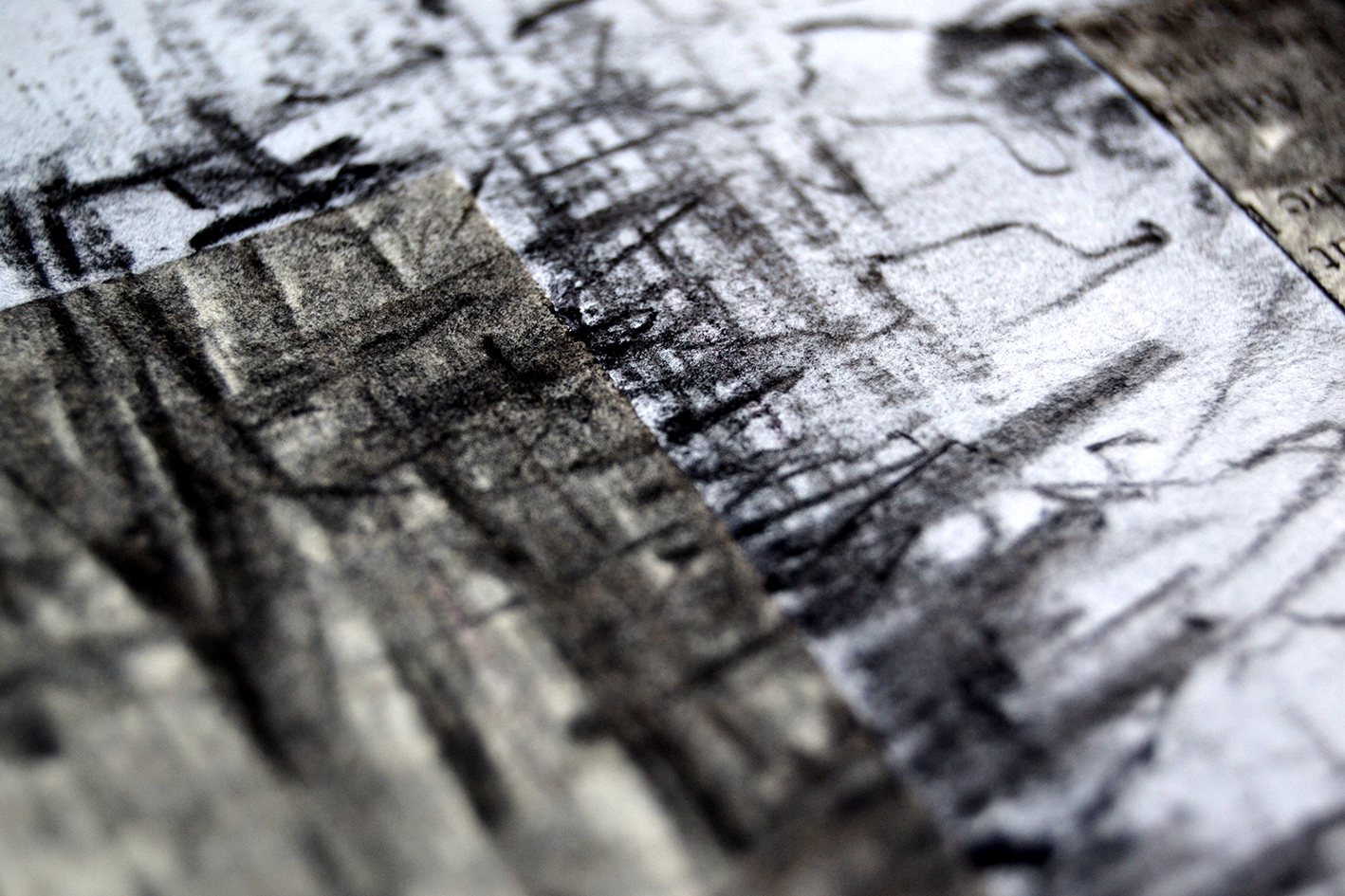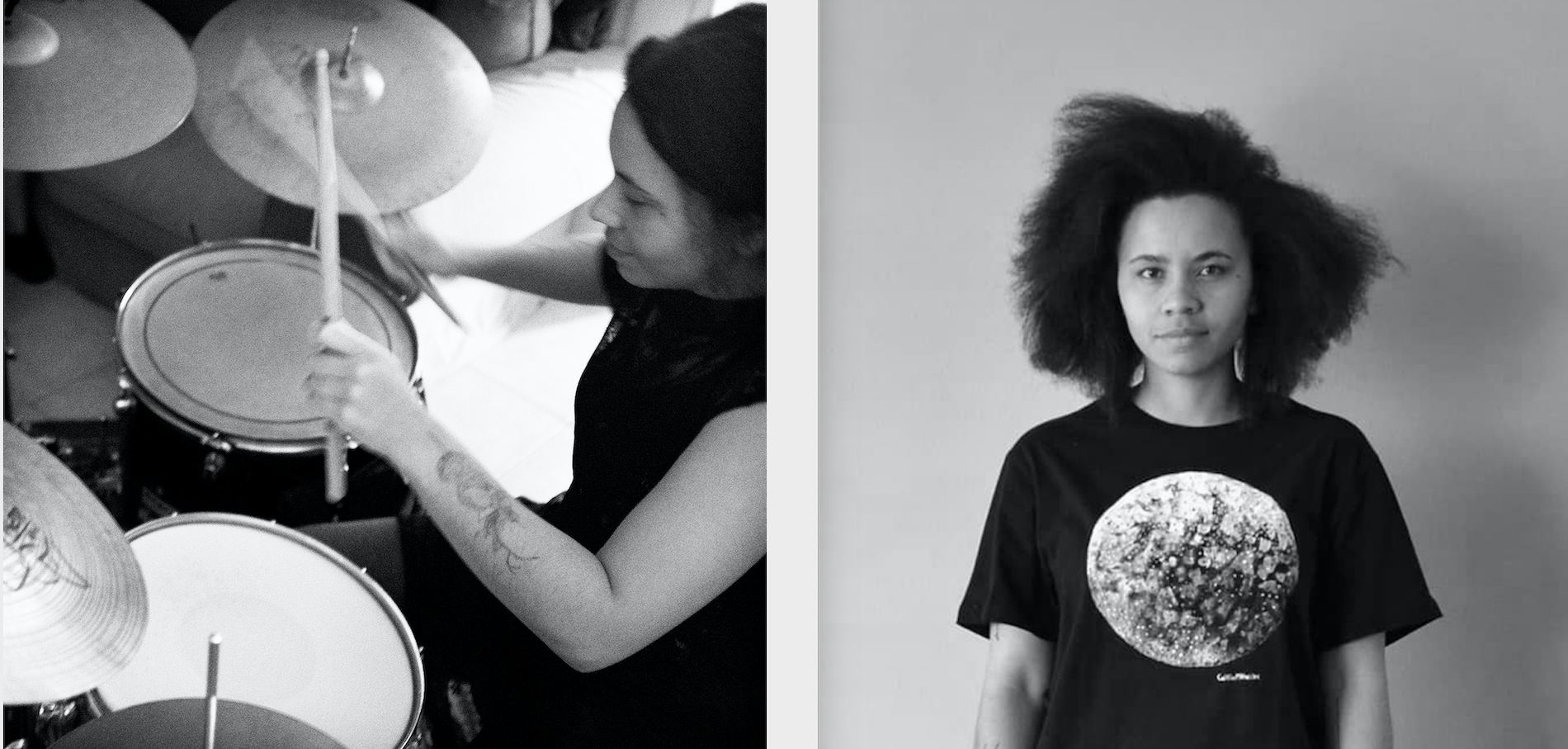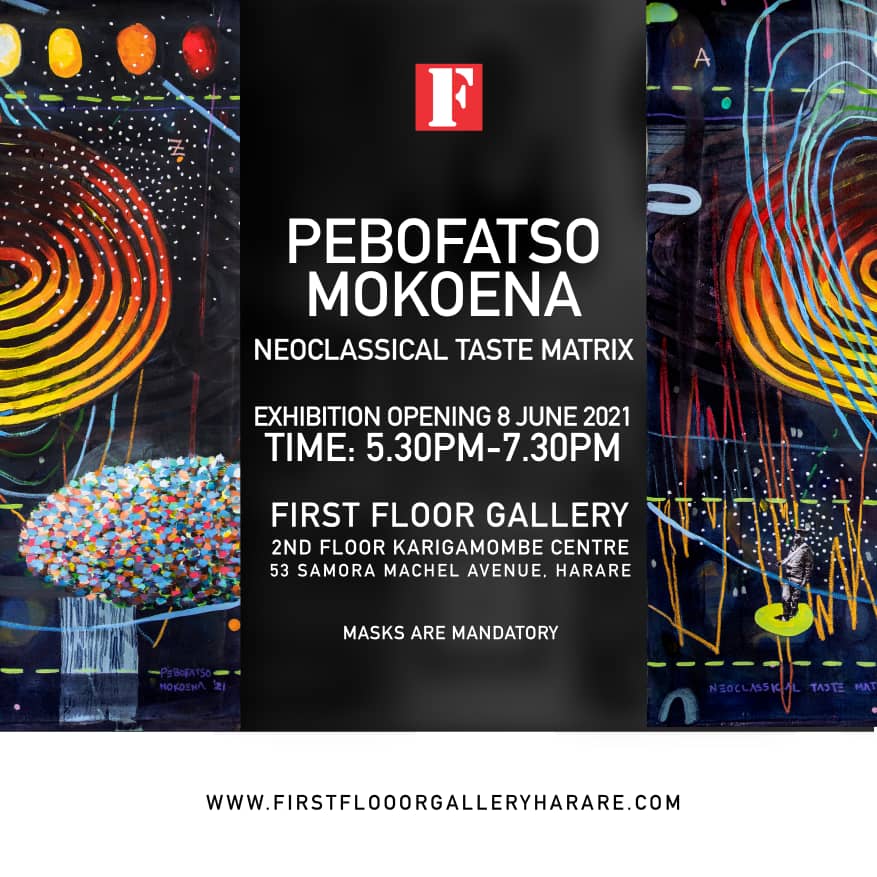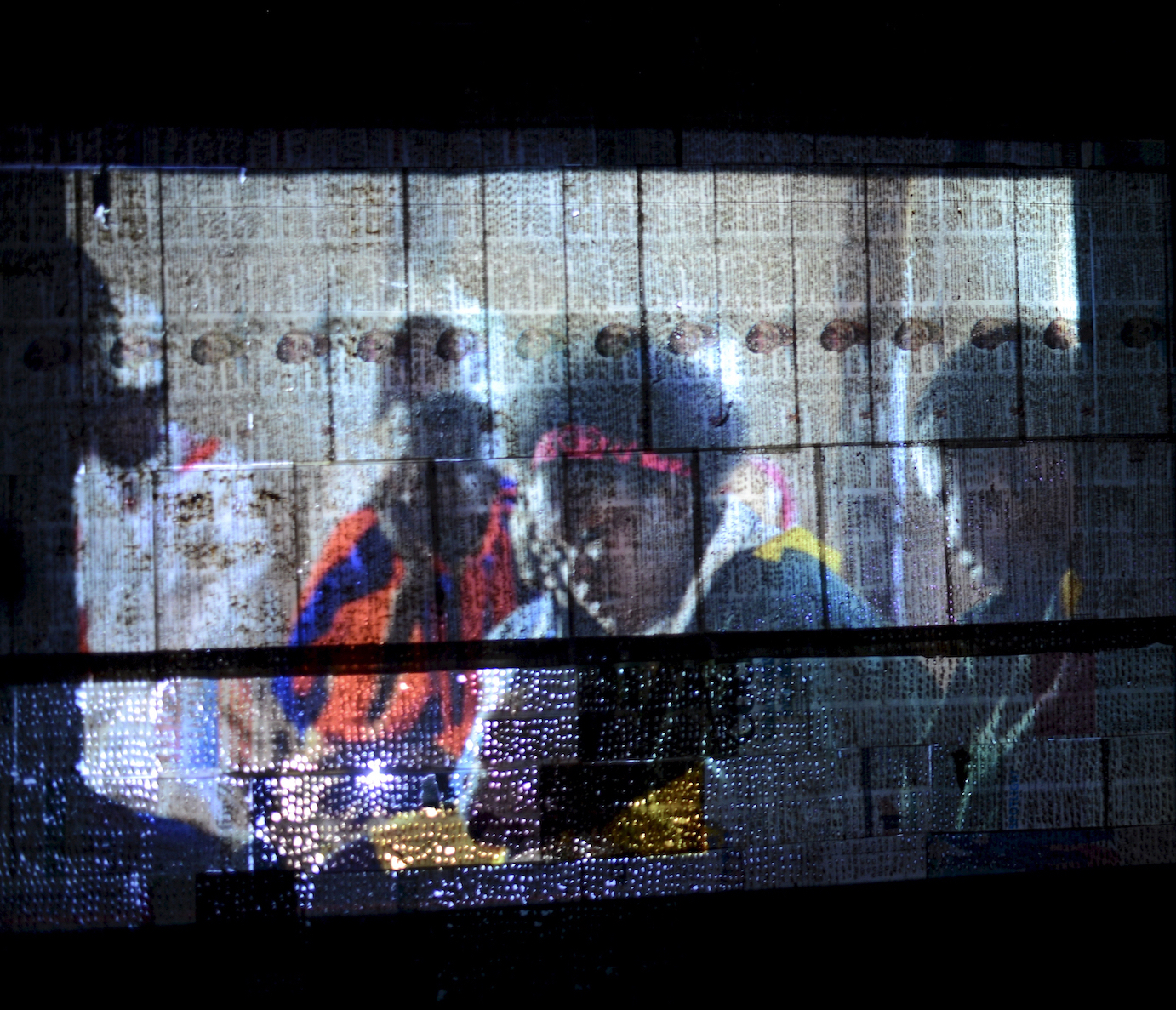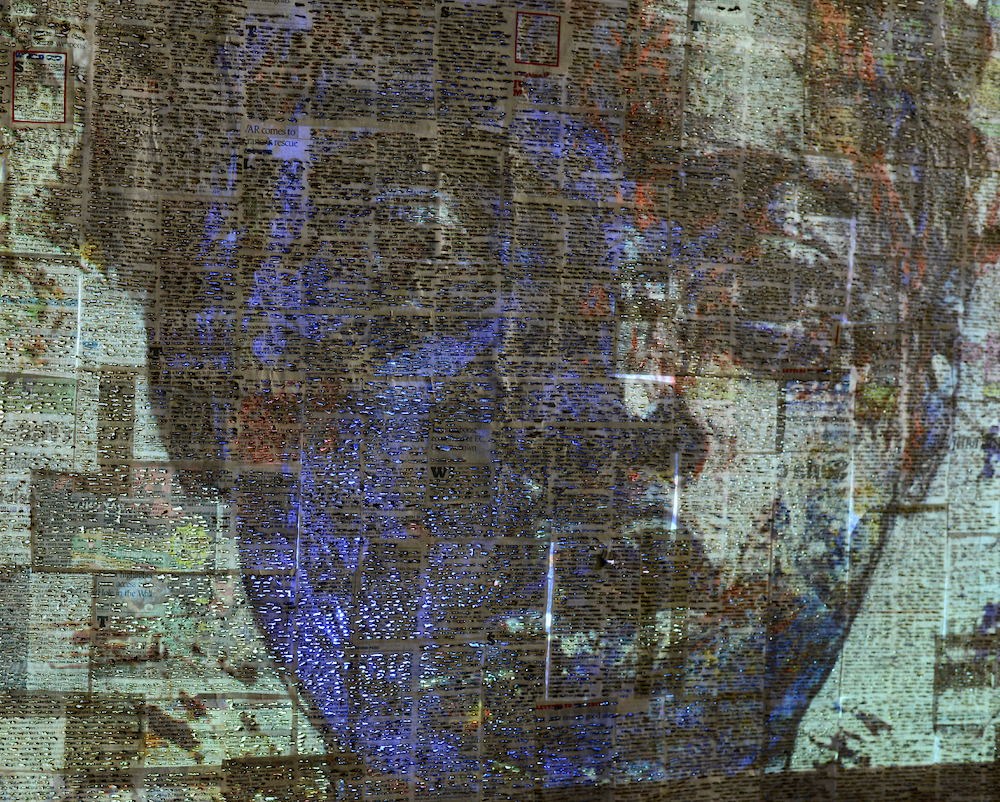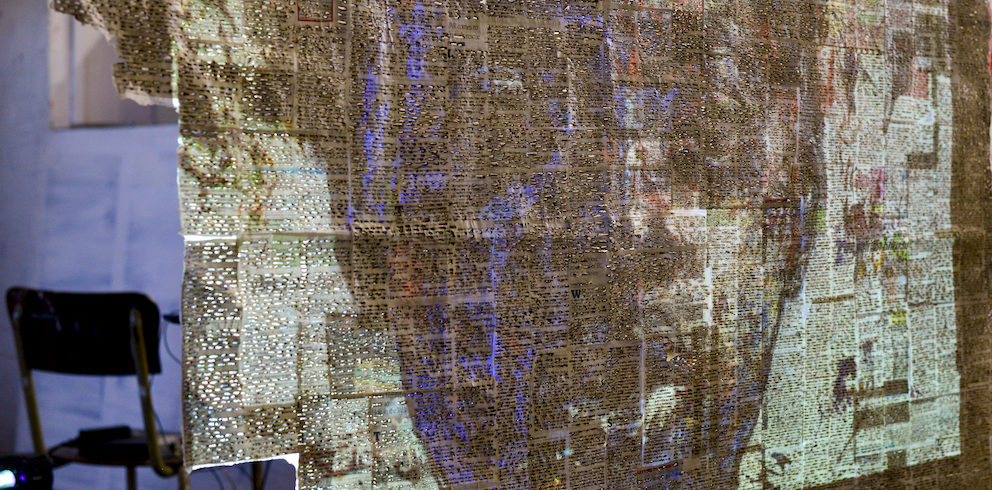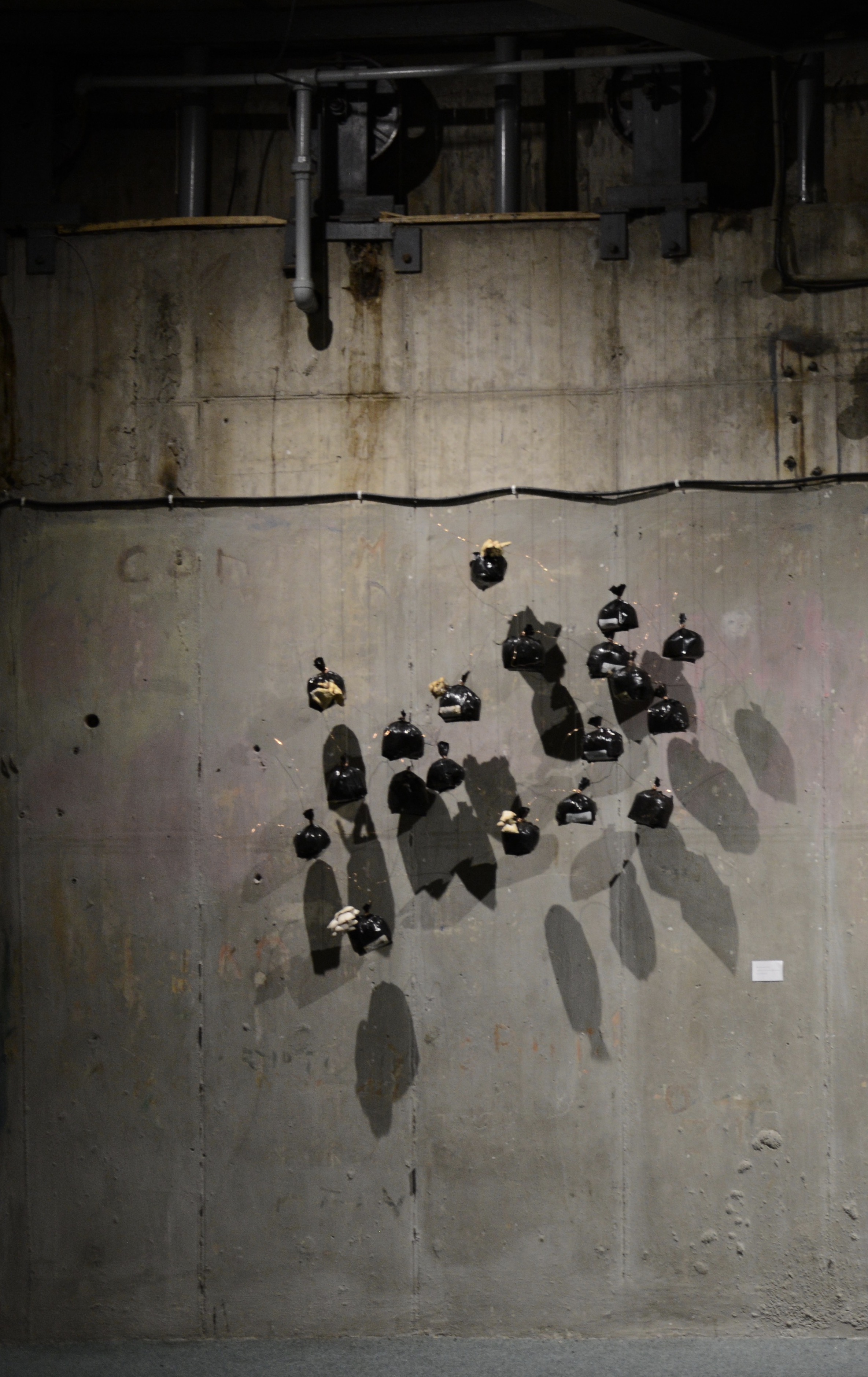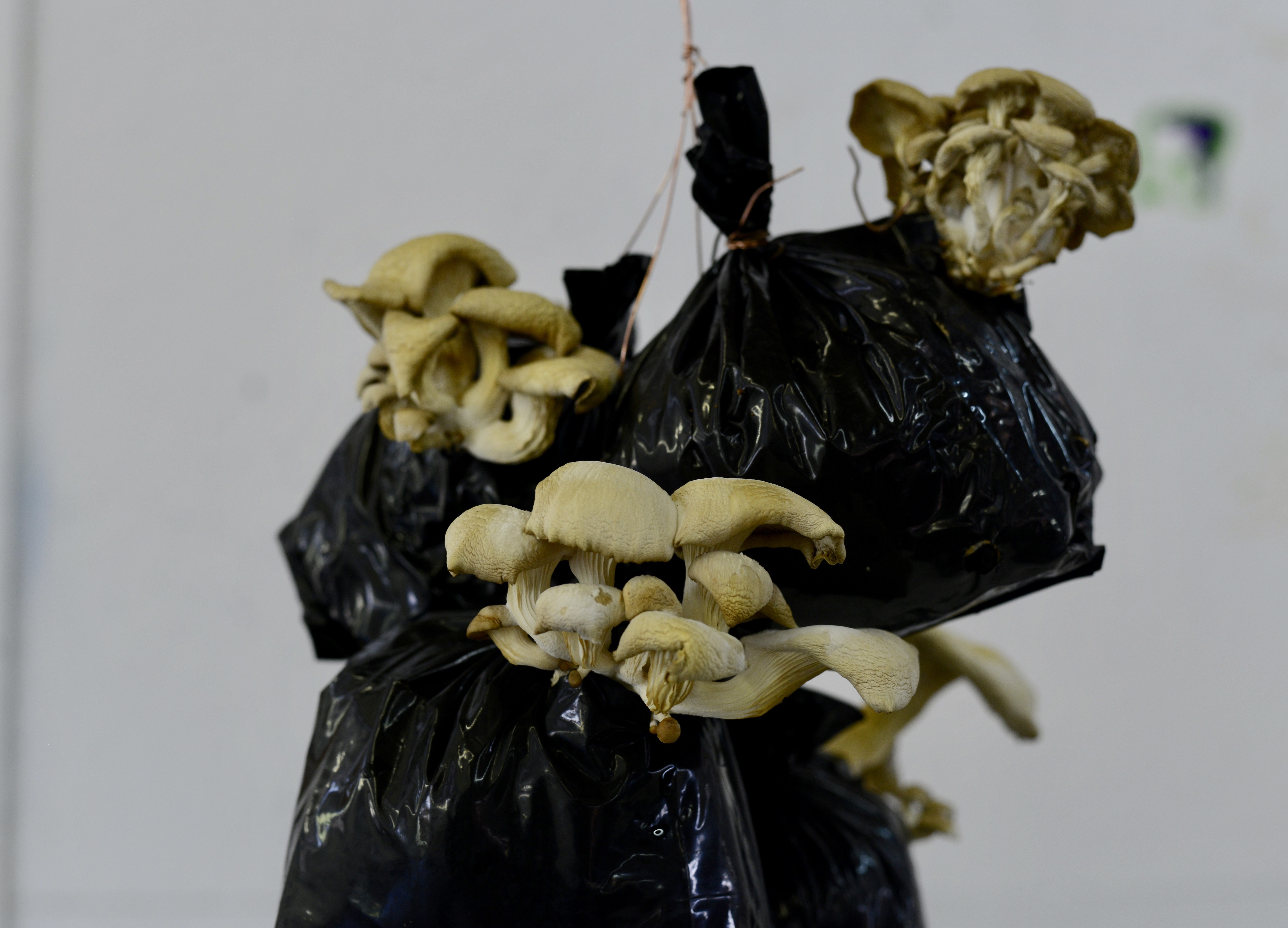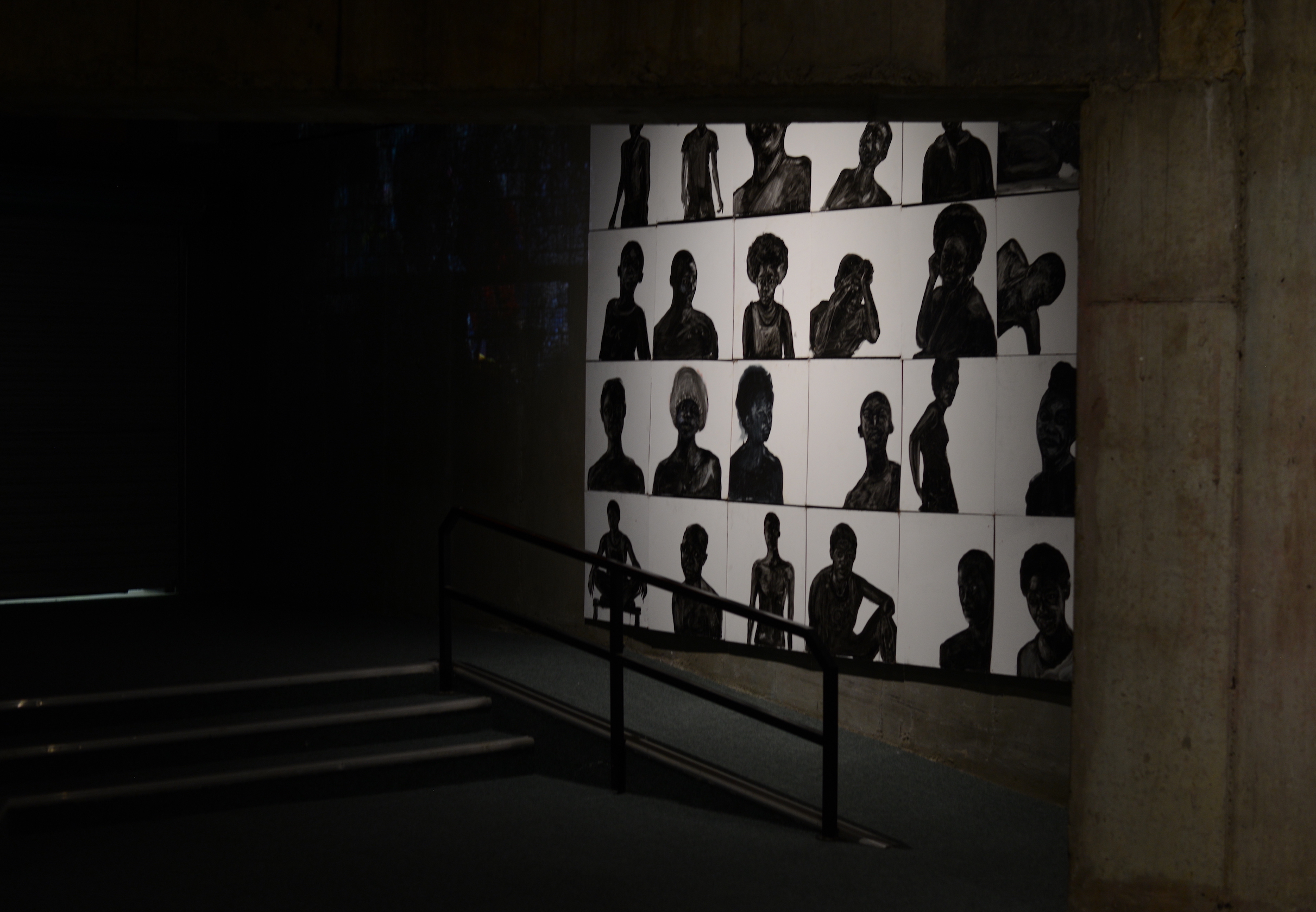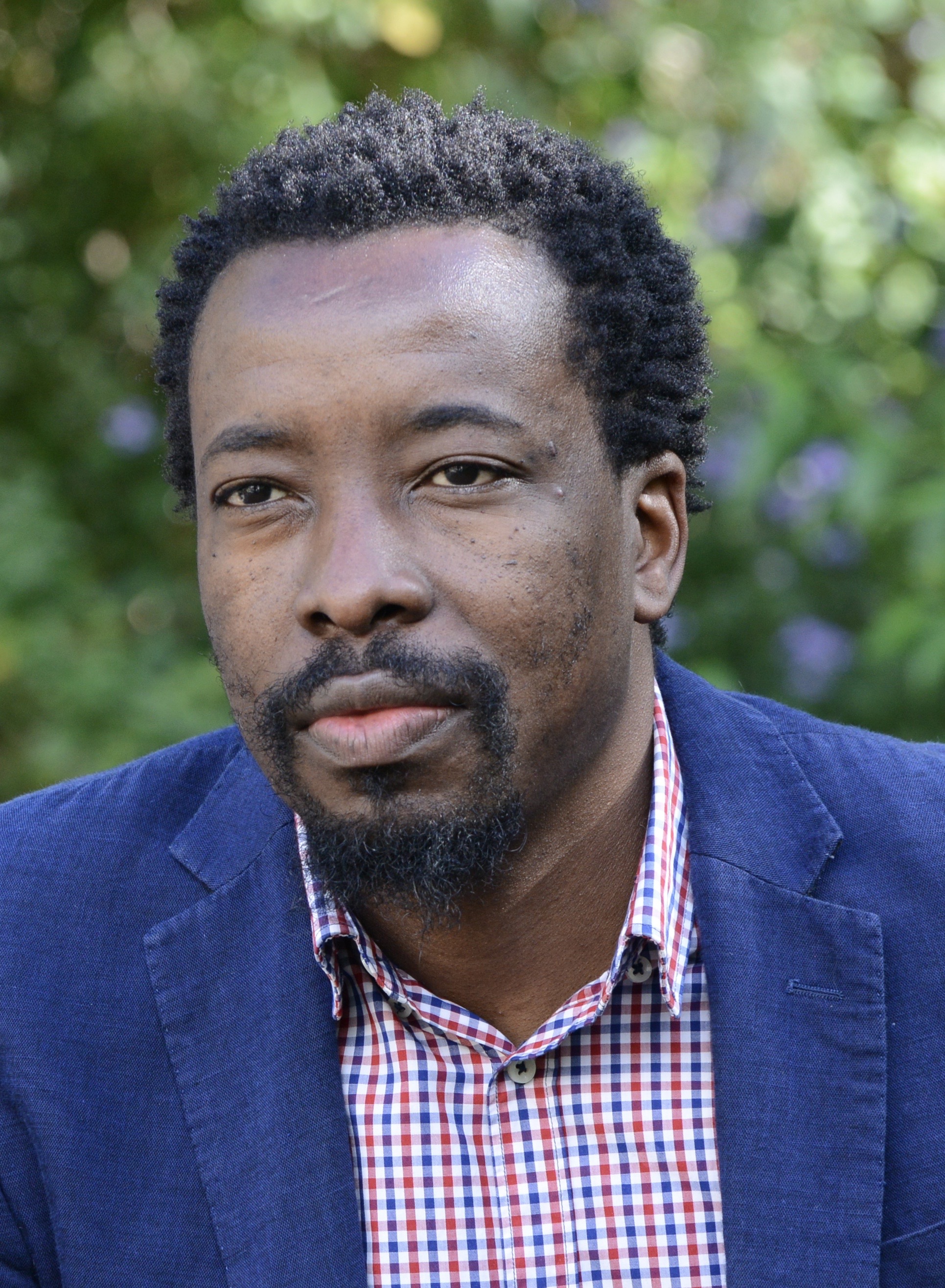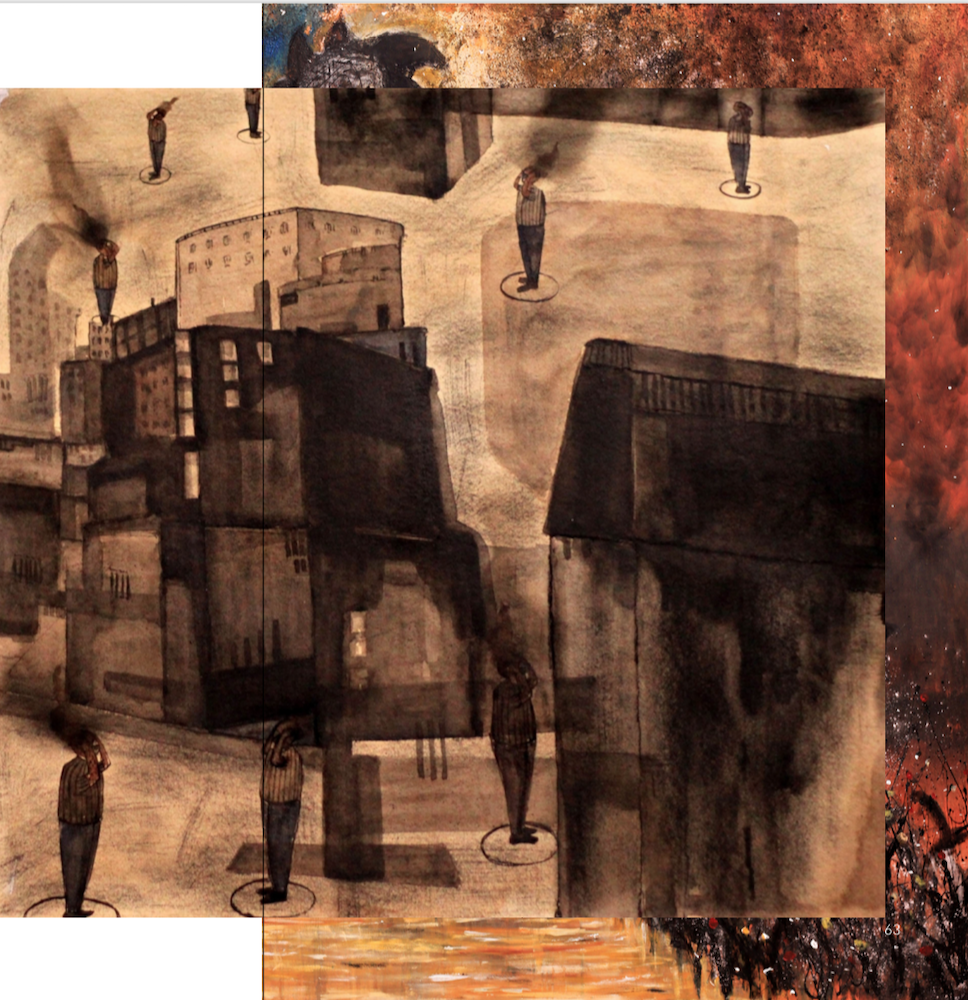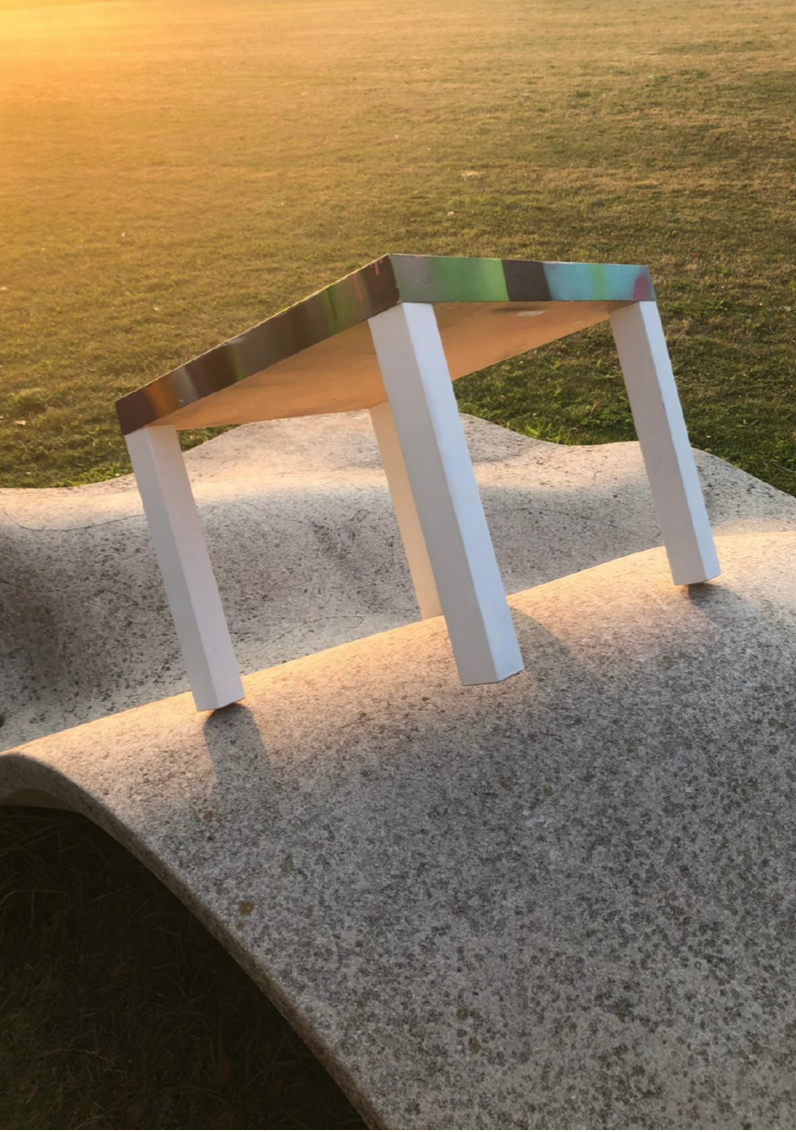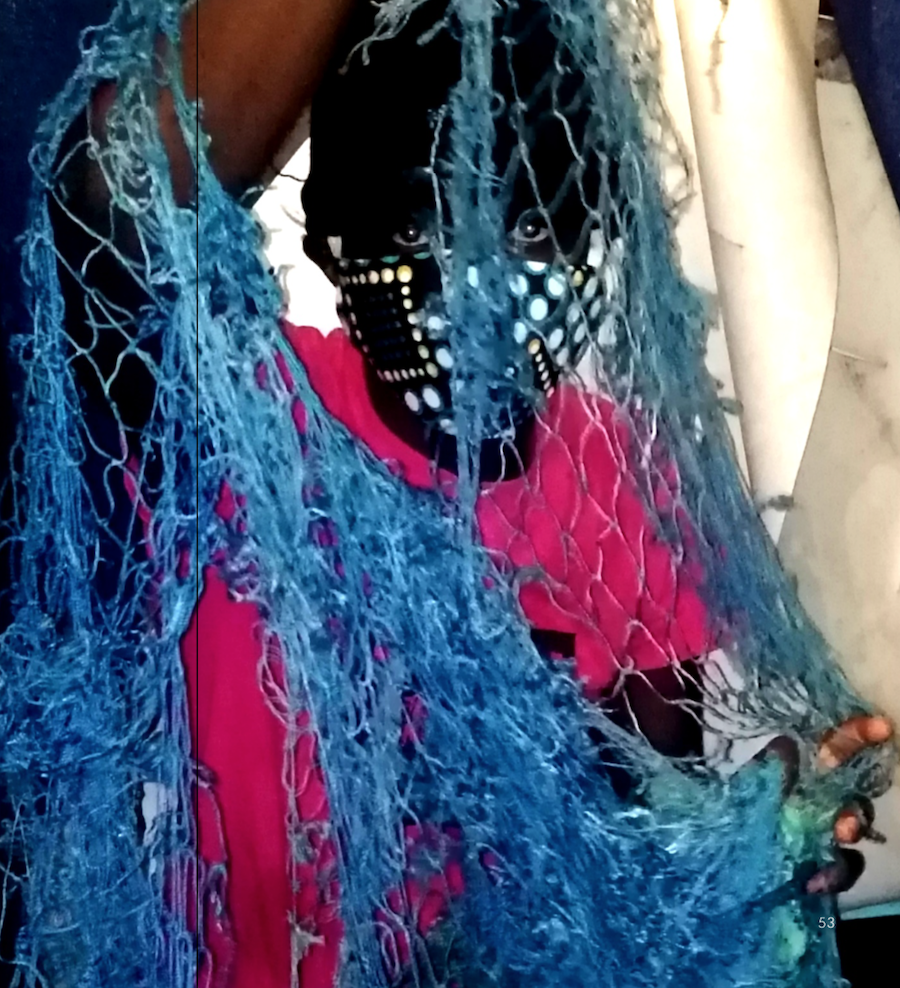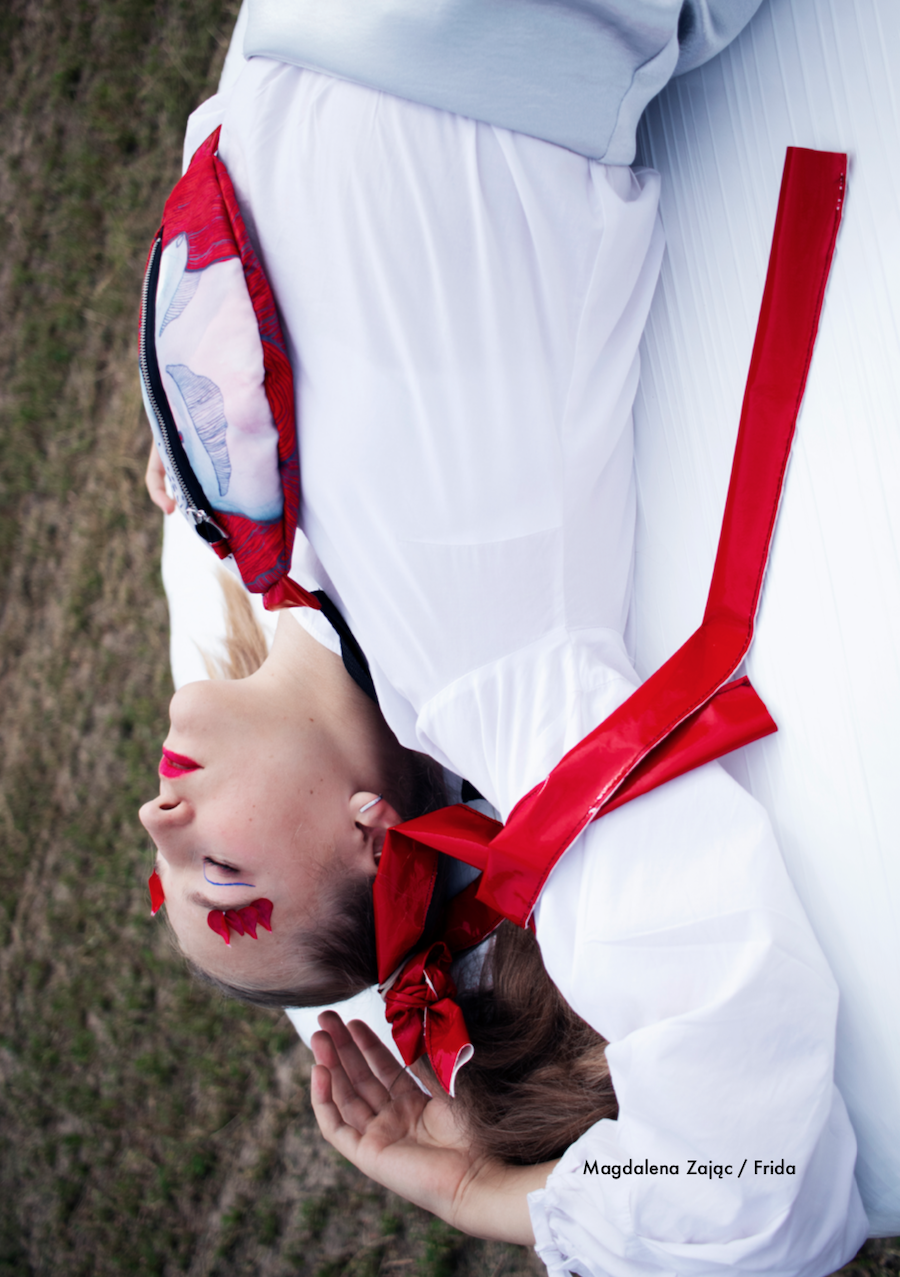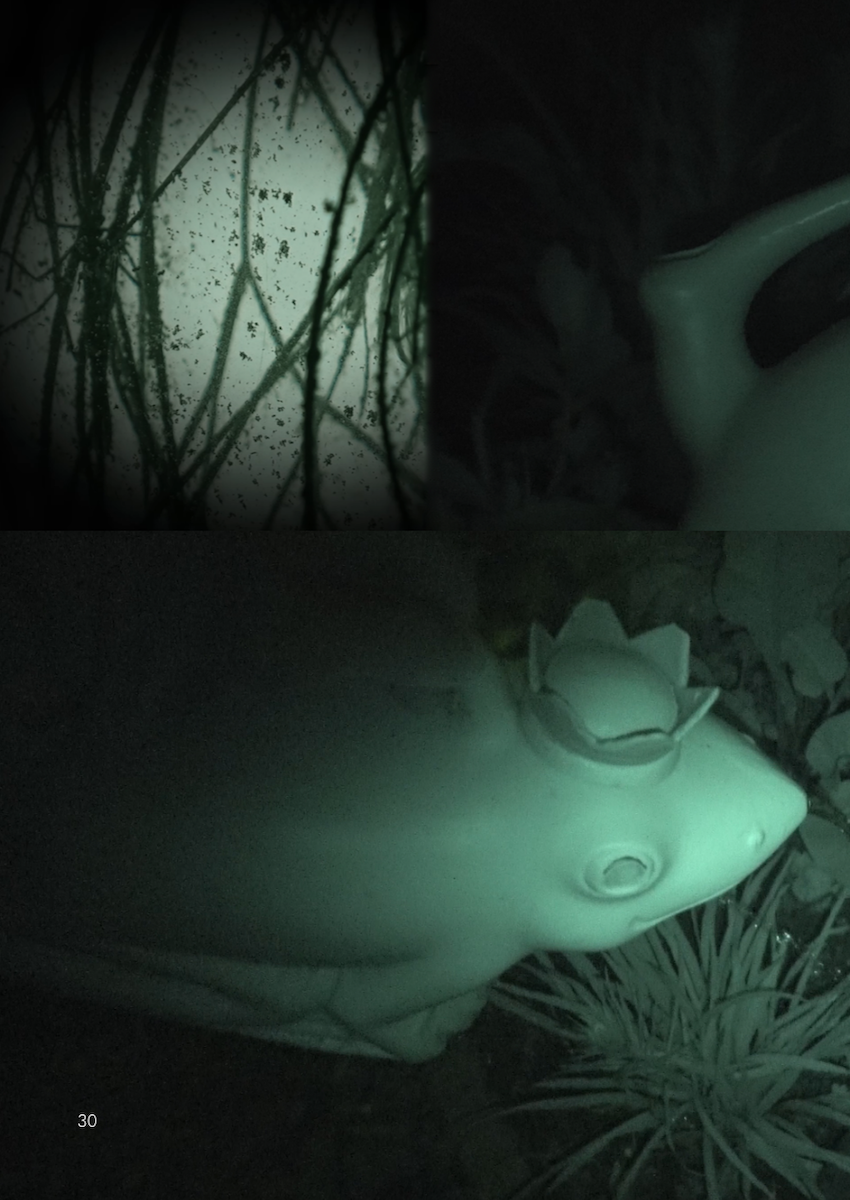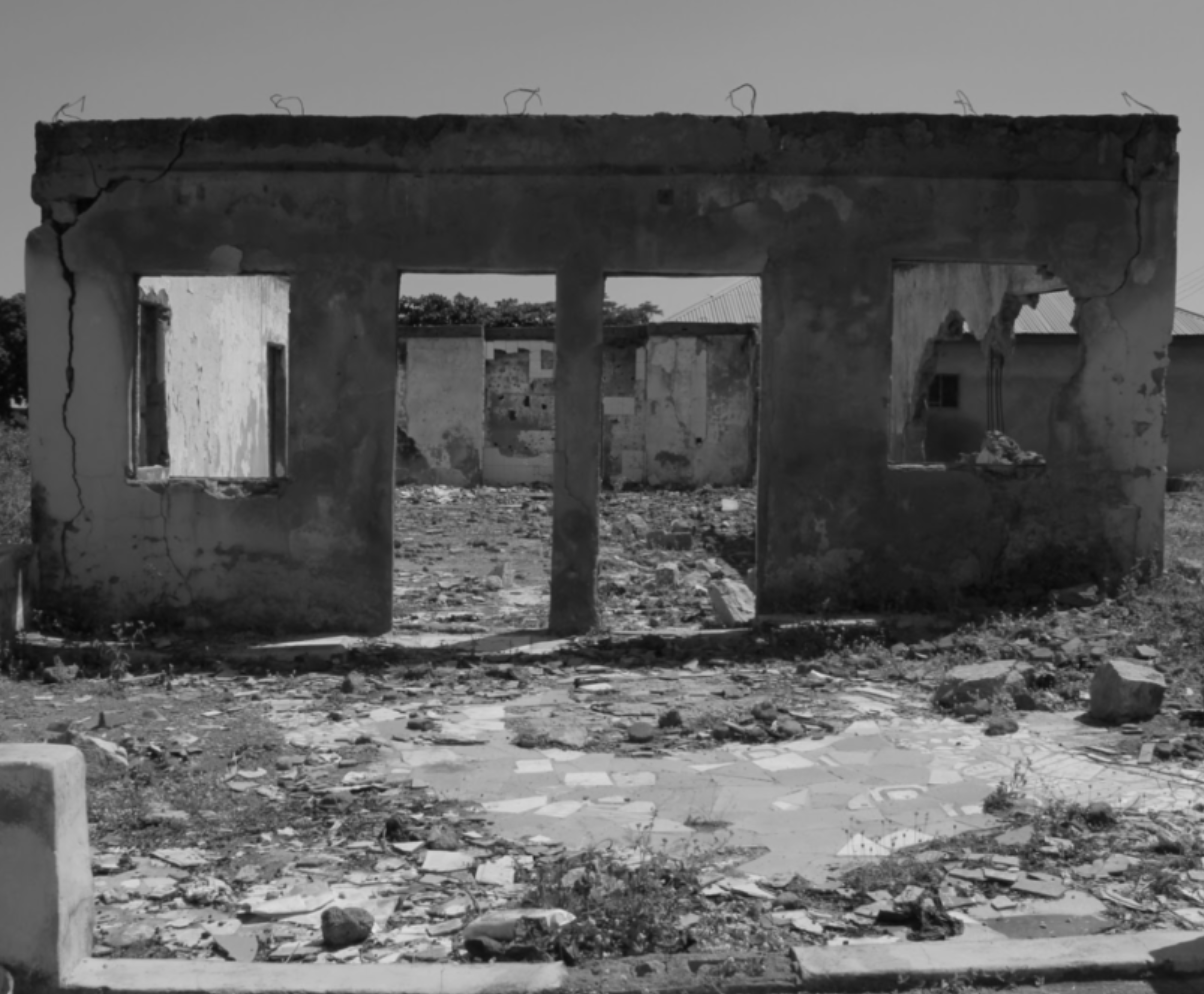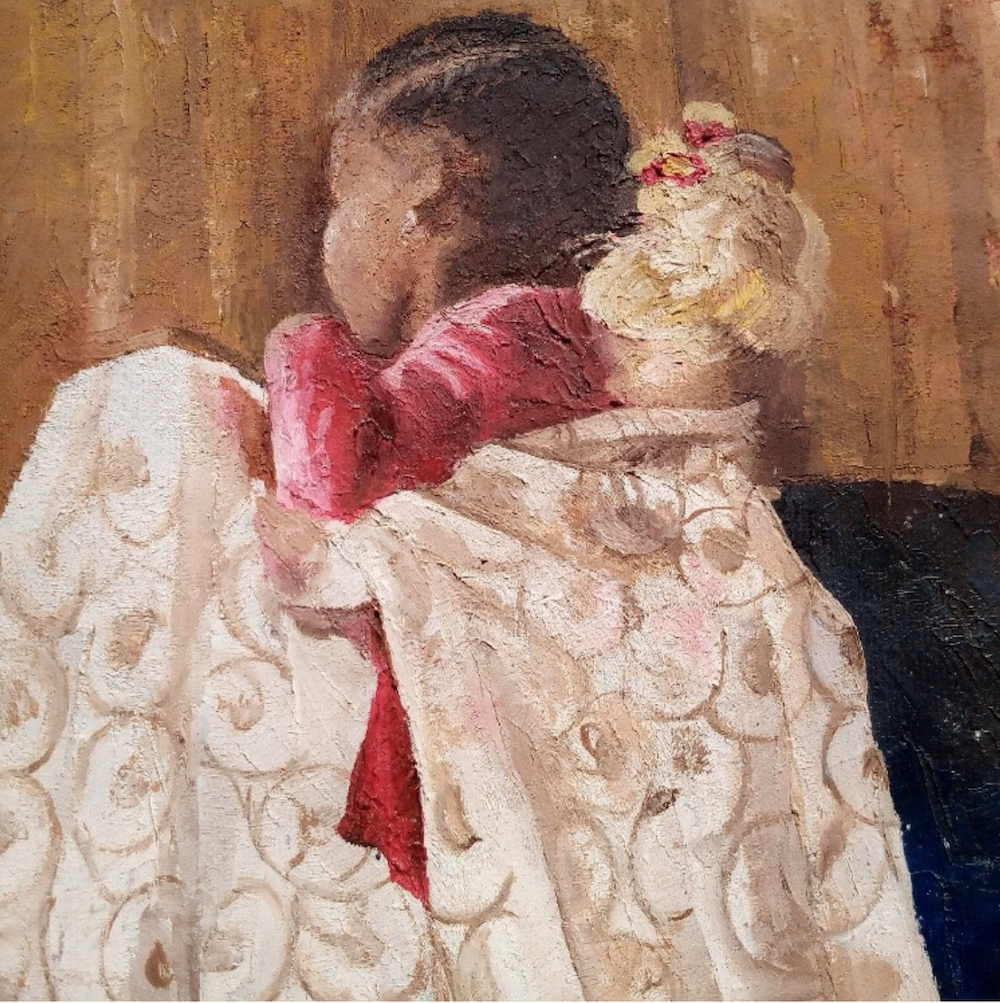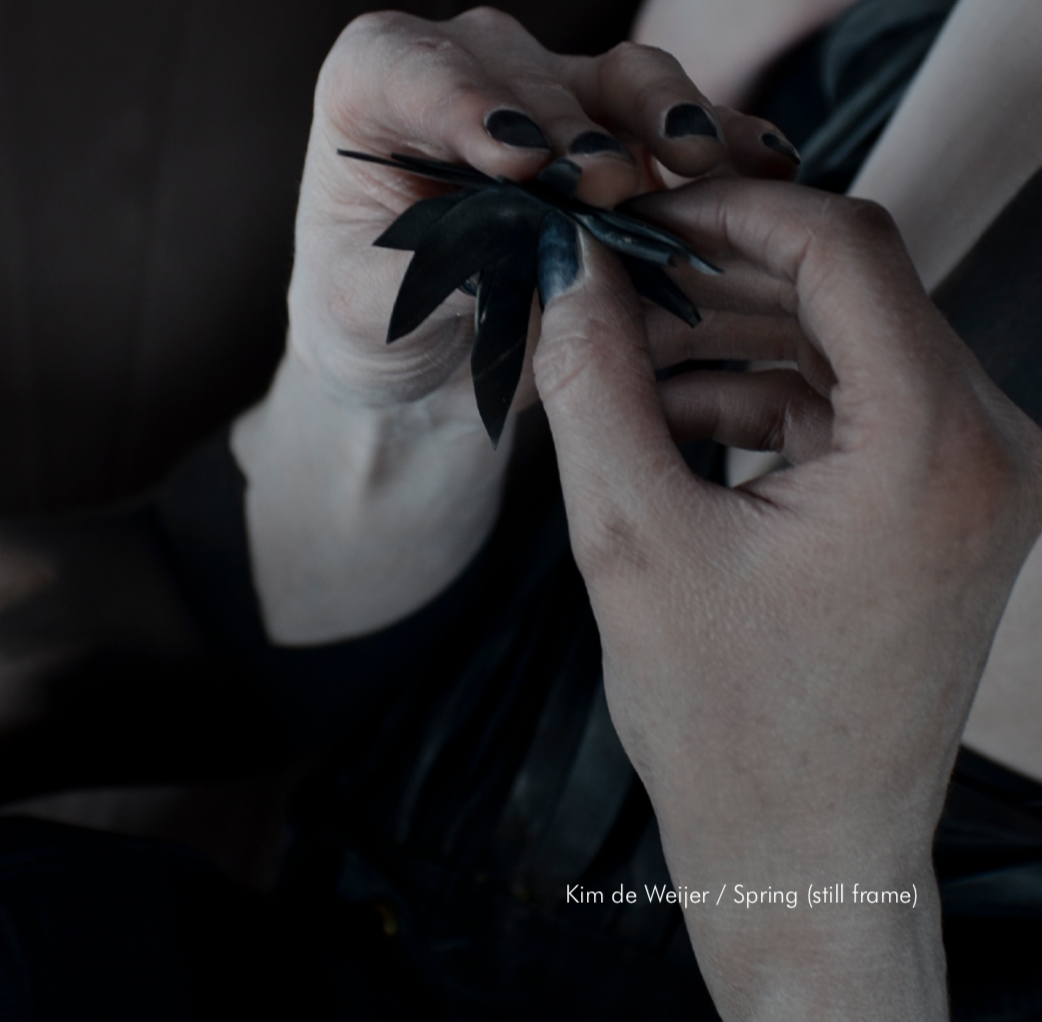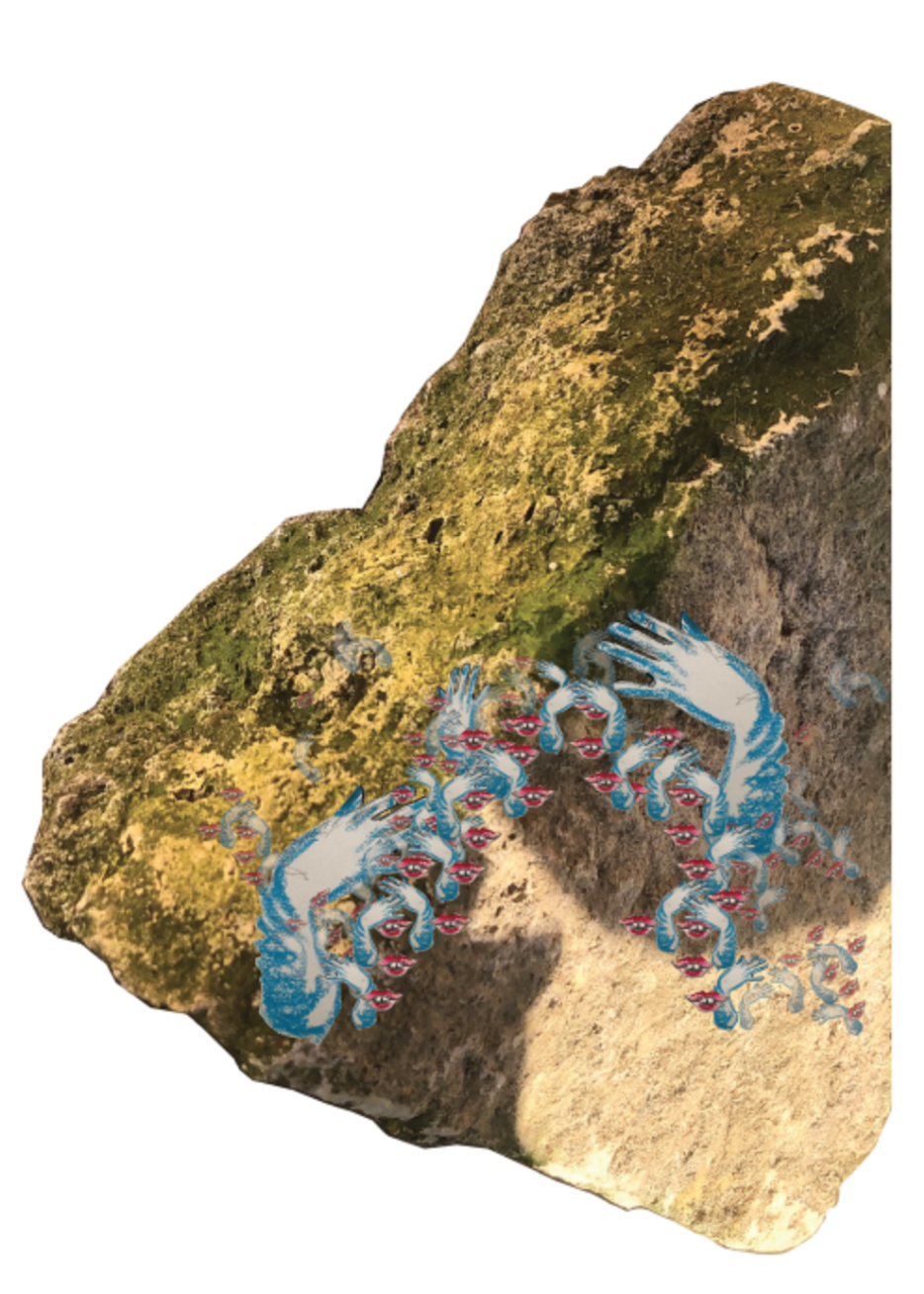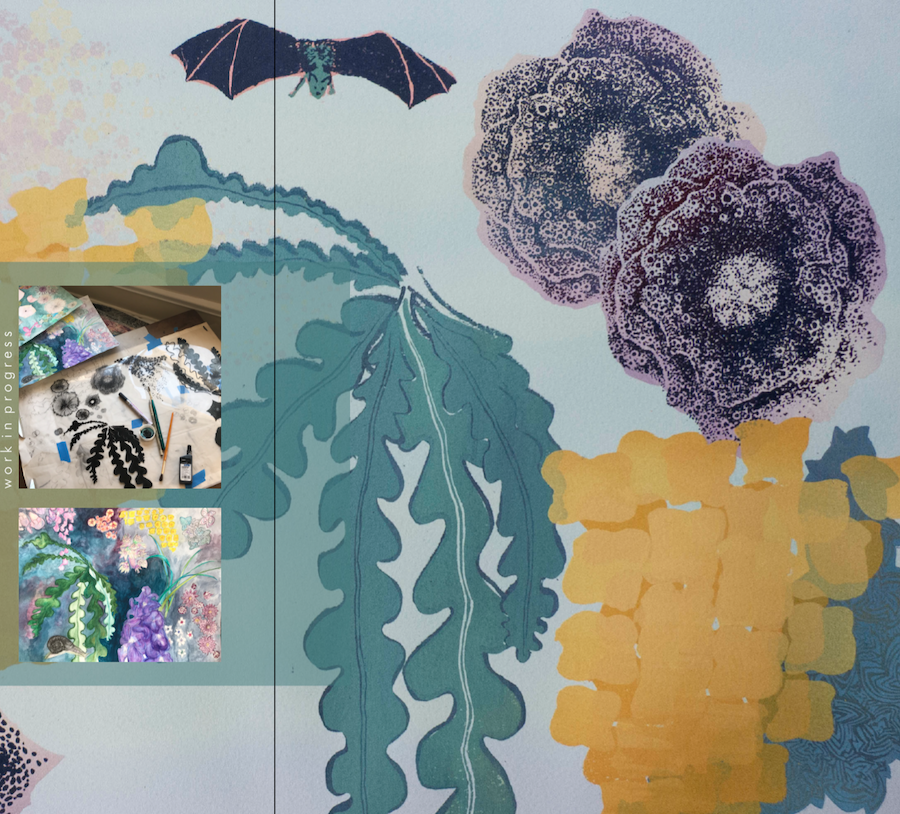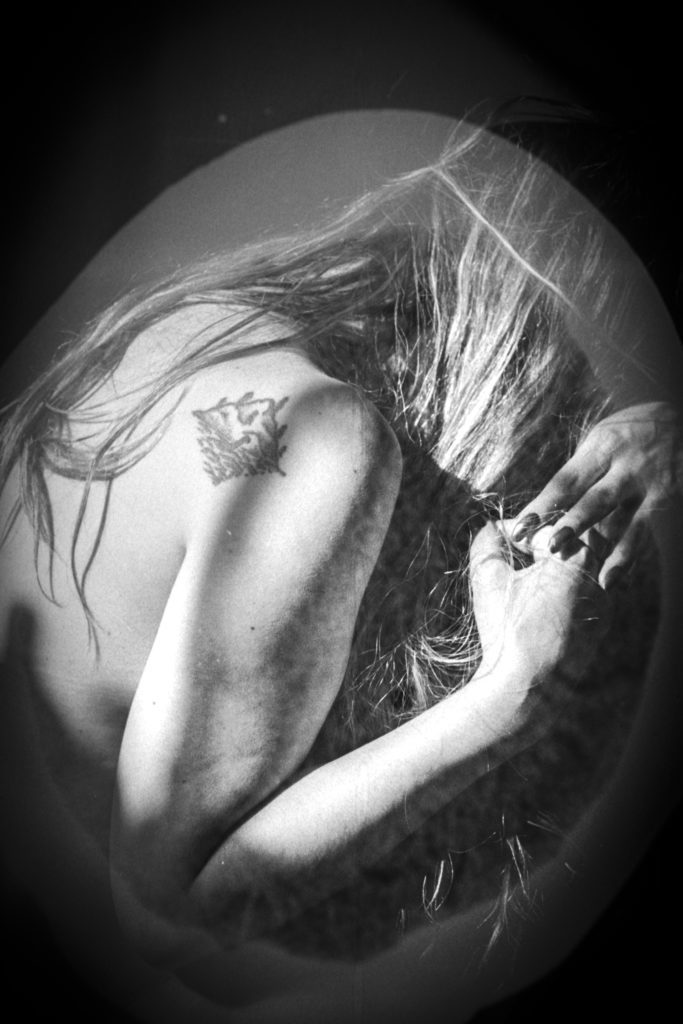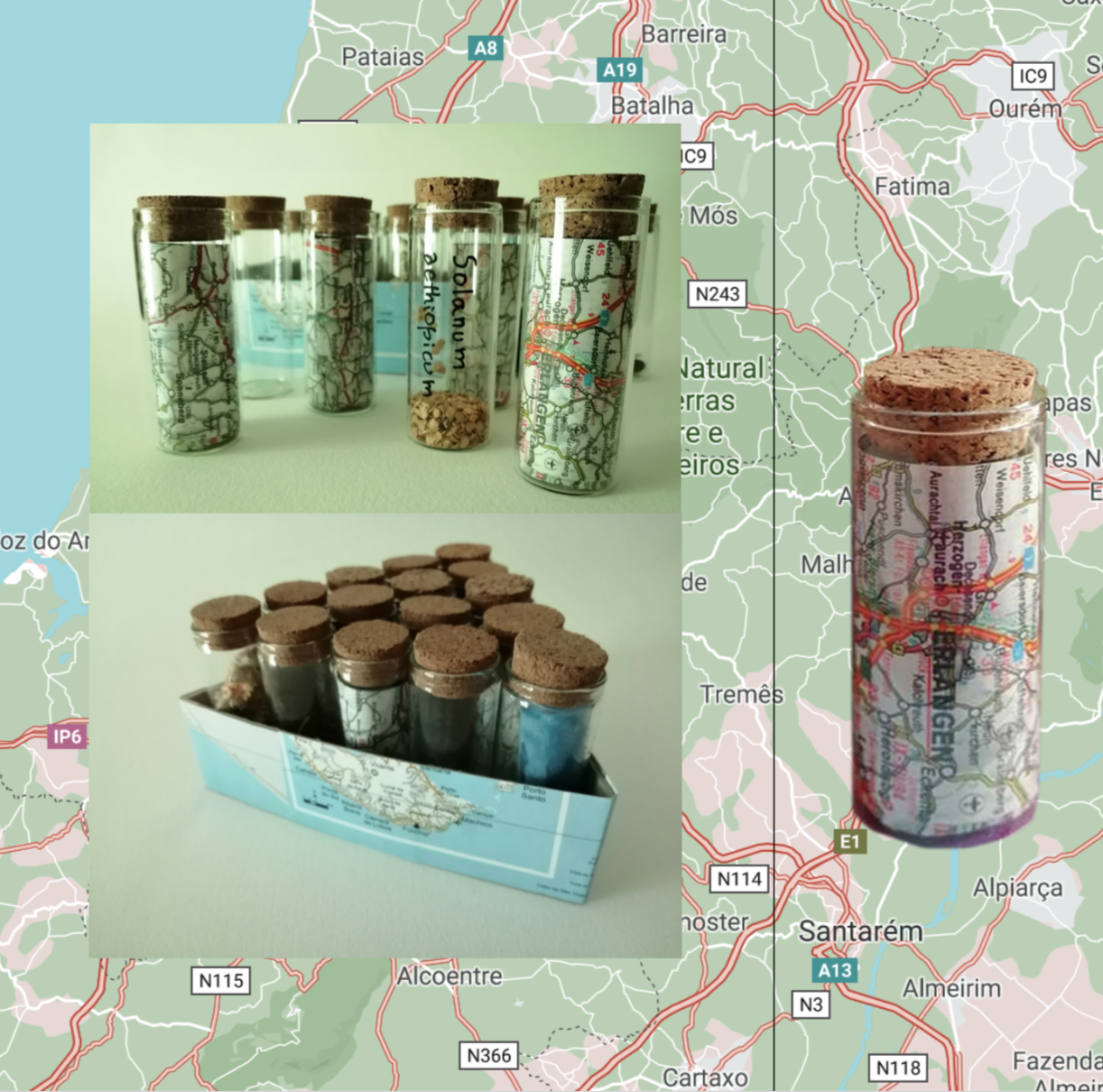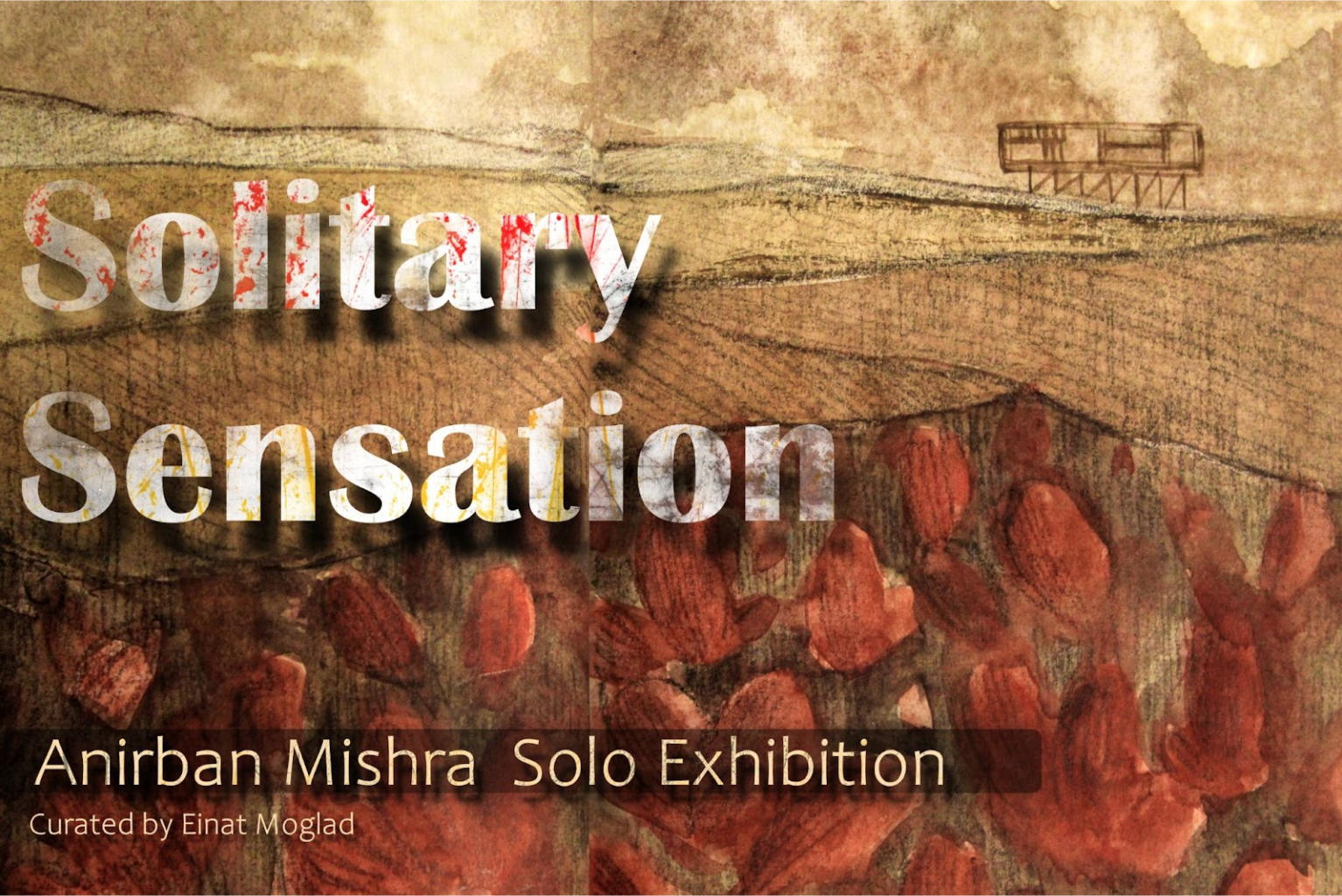
Artist statement
I grew up in a small town. In 2013, I moved from Tamluk to Kolkata for my education, the time my journey started.
From the very beginning, I was painting landscapes, later I started depicting urbanization and industries.I observed each corner of the city and its busy lifestyle. Realized that all the people in the city are alienated from each other I began to portray in my works contemporary alienation. In modern life, most of us are addicted to social media. We are connected virtually, but we have lost our physical bonding. Presently, the pandemic situation has increased social alienation. Our society has fallen into deep anxiety and depression.
I feel the urgent need to capture in my paintings the loneliness and social situations. It helps me to document the present social scenario. My eyes are vividly exhausted to see the suffering, the pain and the loss. My works are consistently restrained, presenting part of the story or one suggestive aspect. I put in many clues but no specific answers, and I force the viewer to complete the narrative. I like to do my work with pen, ink, charcoal, watercolour, acrylic, and mixed media. This helps me represent through imagery and gives me the power to create lines and expressions which can make iconic images of contemporary times.
A new chapter has opened in world history. This past year, from March 2020 to the present day, our situation has changed. The whole world has been driven into social disaster. Every day thousands of people die. In my life I have experienced different phases, and I hear the song of suffering. In India, with continuous burning, I saw the sky turn into a bloody red, the clouds becoming dark and people crying for their loved ones. Deeply tired from seeing this world, I became depressed and fell into anxiety. My soul cried and my tears turned into a line of art. I am trying to express our present situation through this series of work.
Curatorial statement - Loneliness knows company
“Solitary Sensations” is Anirban Mishra’s first solo exhibition. It seeks to share his unique viewpoint on raw human emotions in contemporary life. His sensitivity pinpoints the inherent loneliness that has become an ever growing part of contemporary life.
Anirban invites viewers to experience with him our process of separating from living as a collective tribe, through an integral sensation of loneliness and isolation. Whether it is the outcome of city-life compared to village-life or whether it is our daily solitary existence in the shadow of Covid 19, life has caused people to separate from their communities and lock themselves in a new “cocoon” type of living. He sees through this process and searches for a new path.
“Solitary Sensation’s” artistic style relates to early modern realism–a time when artists performed the role of describing life changing events, such as the move from country life to new urban environments in a growing mechanical world. Anirban experienced a similar transition himself, moving from the village he was born in to the big city, only to find the city in ruins. Far from its busy characteristics, the city is under under lockdown instead. As India endures some of the most dramatic outbursts of Covid-19 in the world, it has become not only a physical danger but also a trigger for mental disease, due to the extreme cases of isolation and loneliness.
“Solitary Sensations” shares the artist’s deep connection to his surroundings and environment, while embracing the loneliness and solitude around himself. While we may lose some of our social connections, we gain the clarity and opportunity to observe the rare beauty of the solitary landscape and the emotions it generates. Being alone isn’t necessarily a lonely experience.
Poison Forest Series
The green has turned into black and brown,
A black smoke engulfed the forest,
spread through my town.
Animals are running, trees are charred
What a doomsday came down to earth making our lives scarred.
The forest is burning with a giant flame
What poison we fed the nature that is unlikely to be tamed.
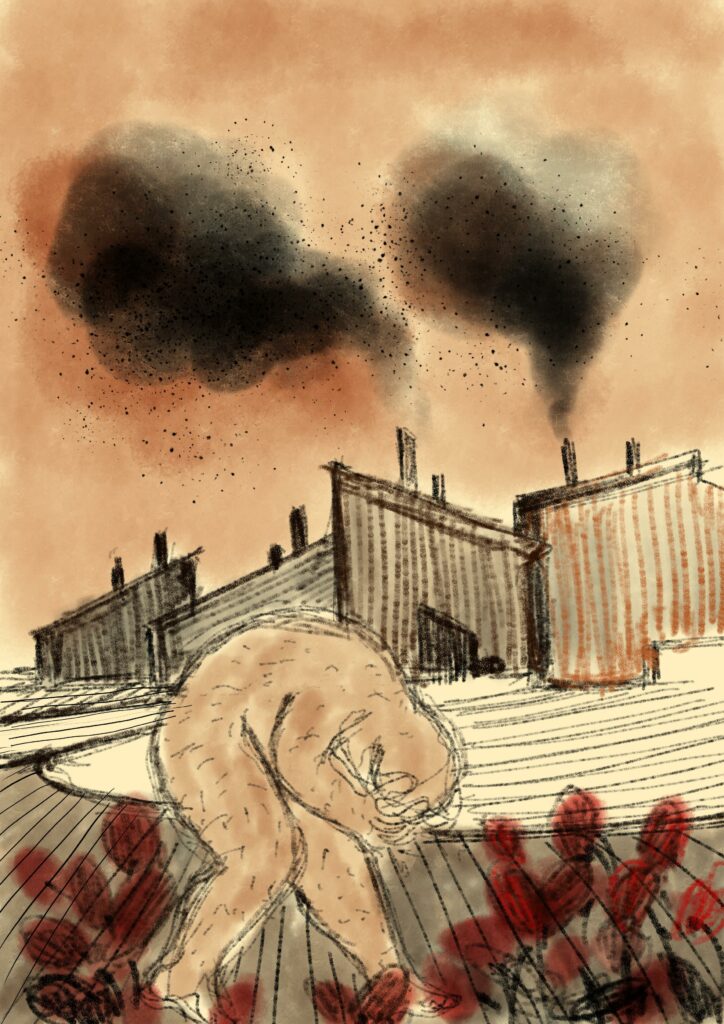
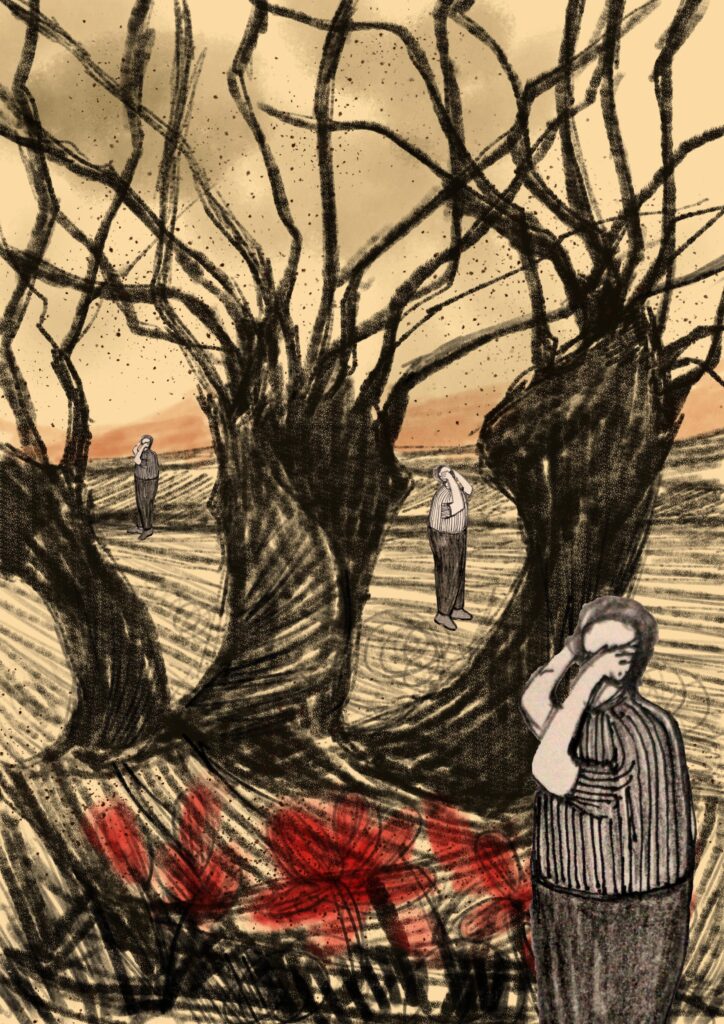
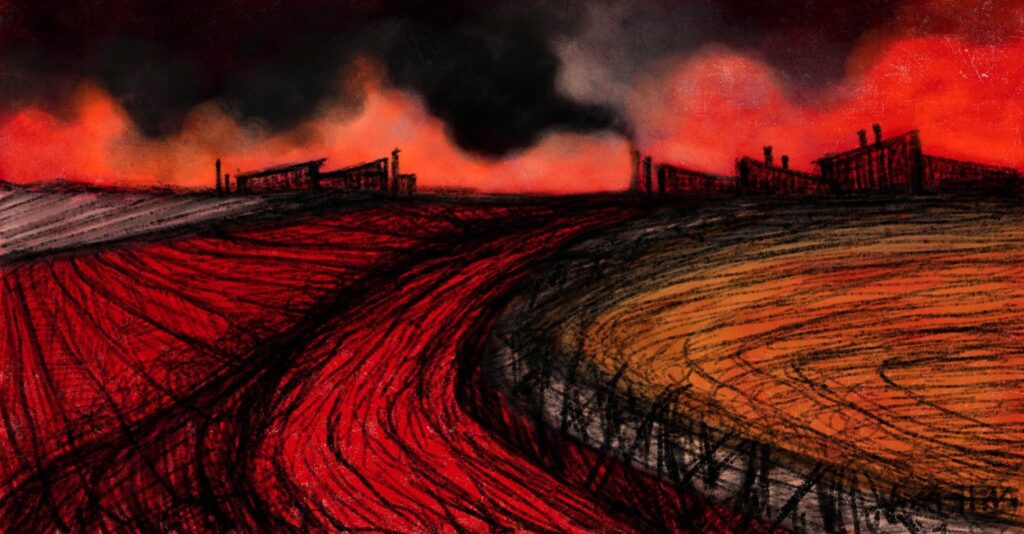
The Perfume Garden
I saw a yellow land,
The sky turned into vermilion,
Some gentle flowers are
Moving their head,
Some are standing to side the road.
I dreaming in the afternoon,
Me standing under the sunflower head.
All the sunflowers become black,
The garden full of the rusty blooms
I inhale the mystic perfume coming from the garden,
Write the name in my heart,
The Perfume Garden.
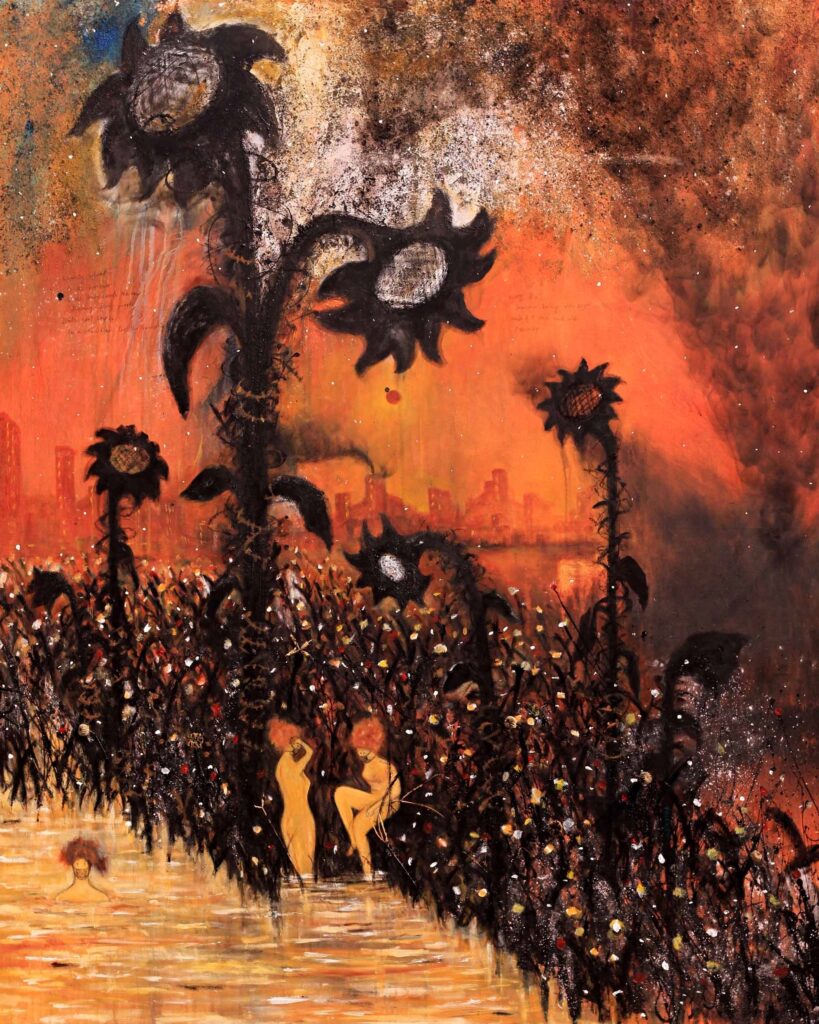
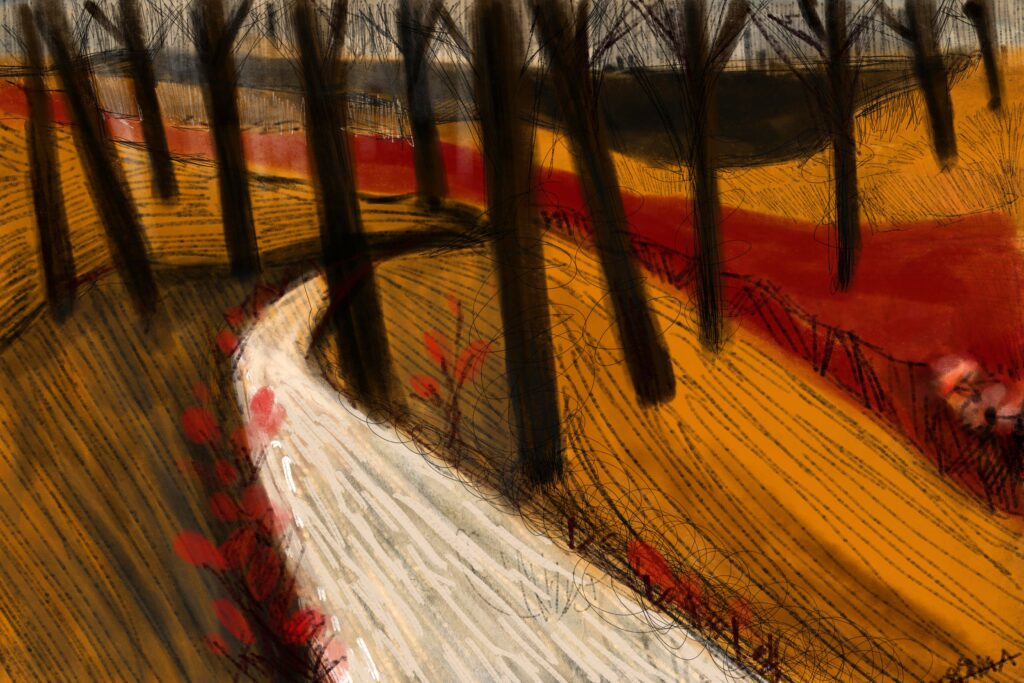
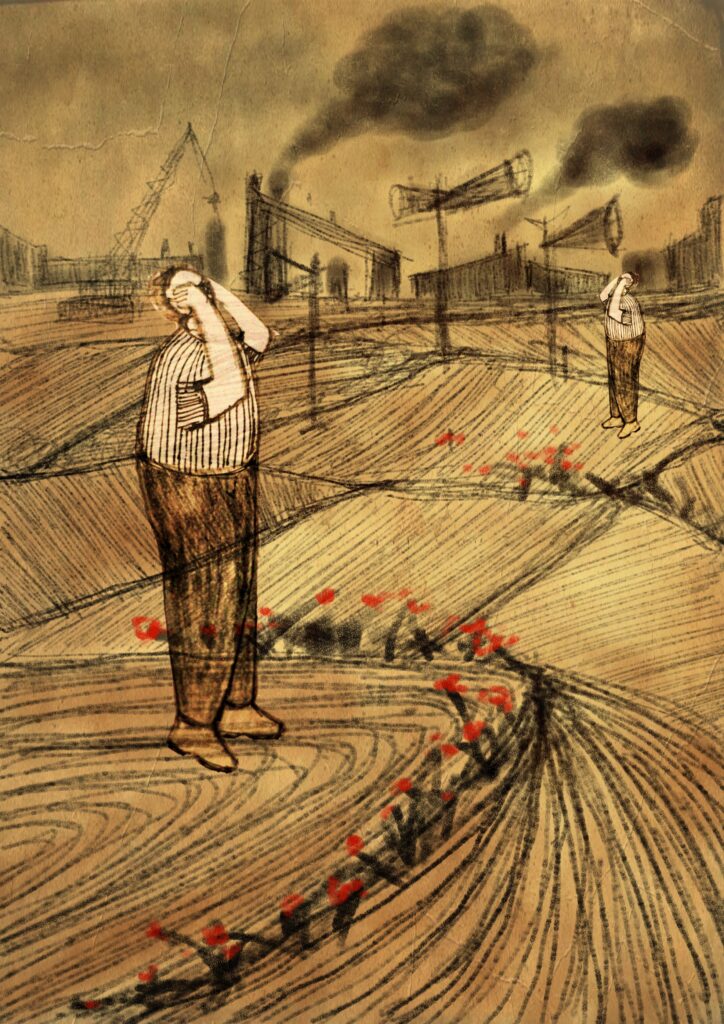

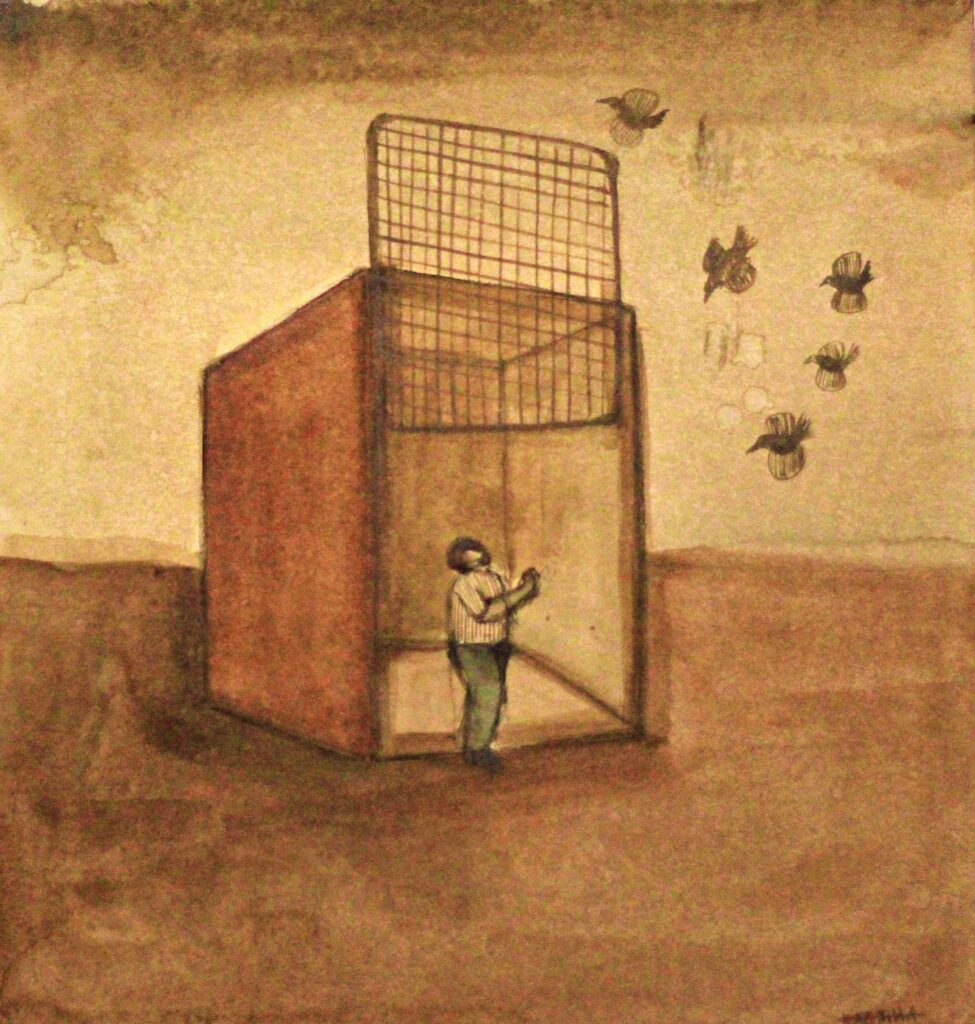
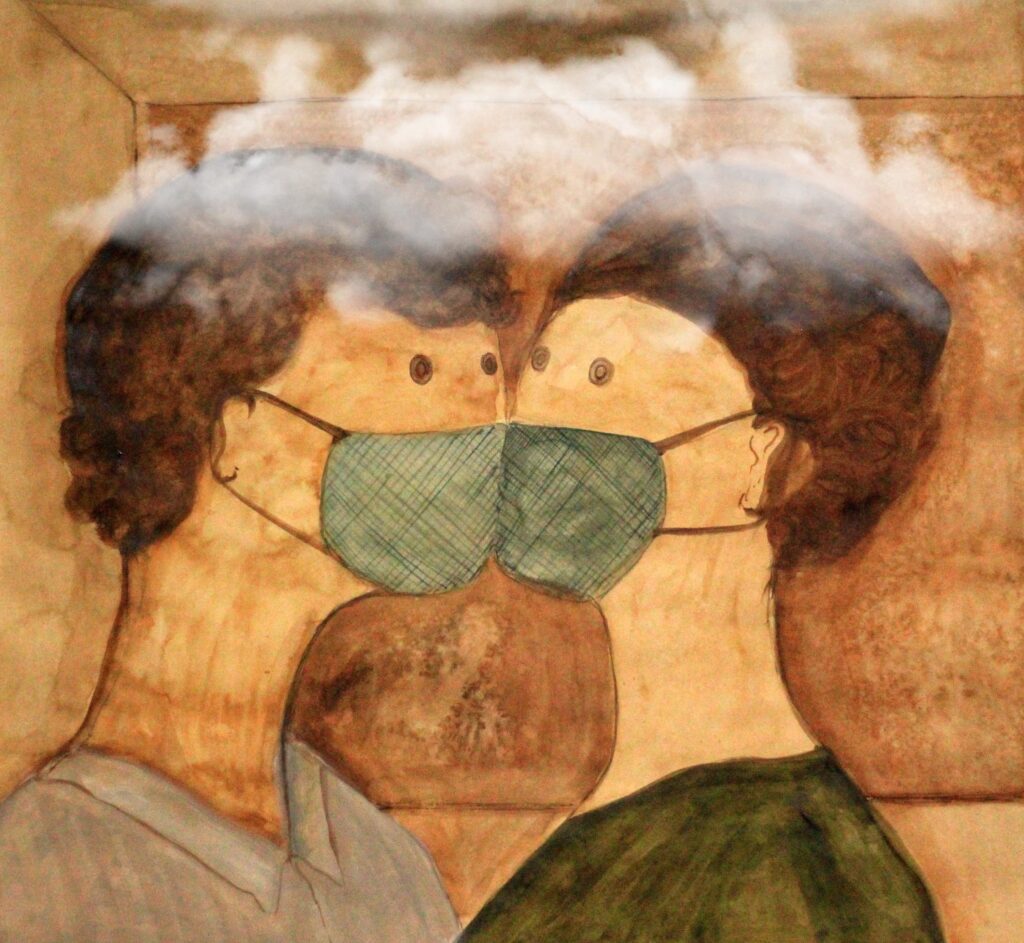
The Expressive Algorithm
I lost You
I lost You! ! !
Oh God I lost him !!!
You went from me...
I felt into a deep
Which is
BLACK
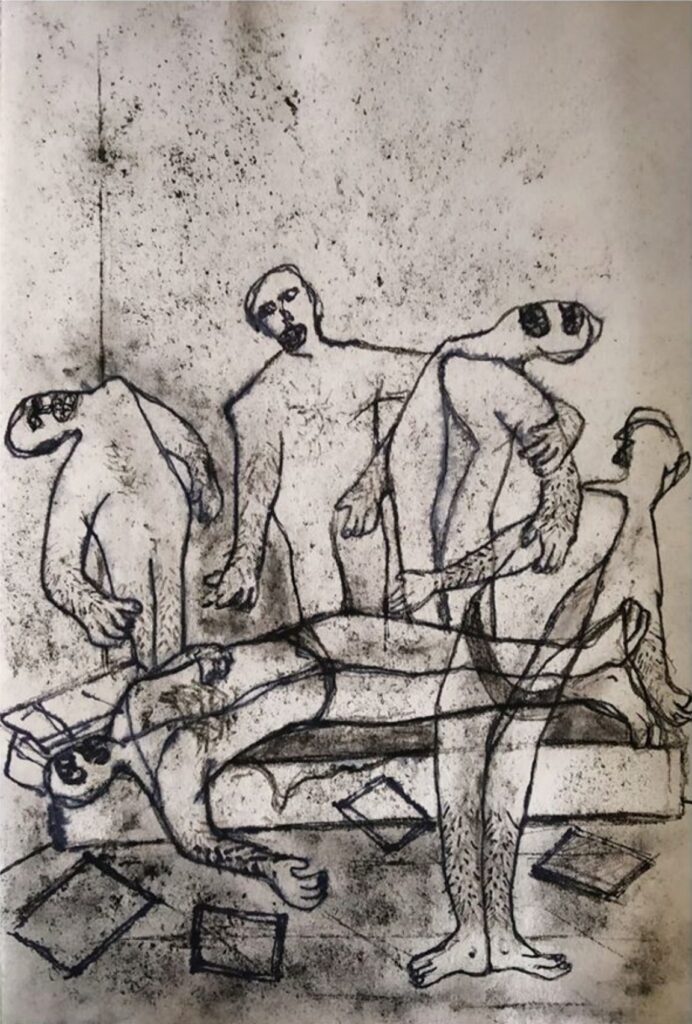
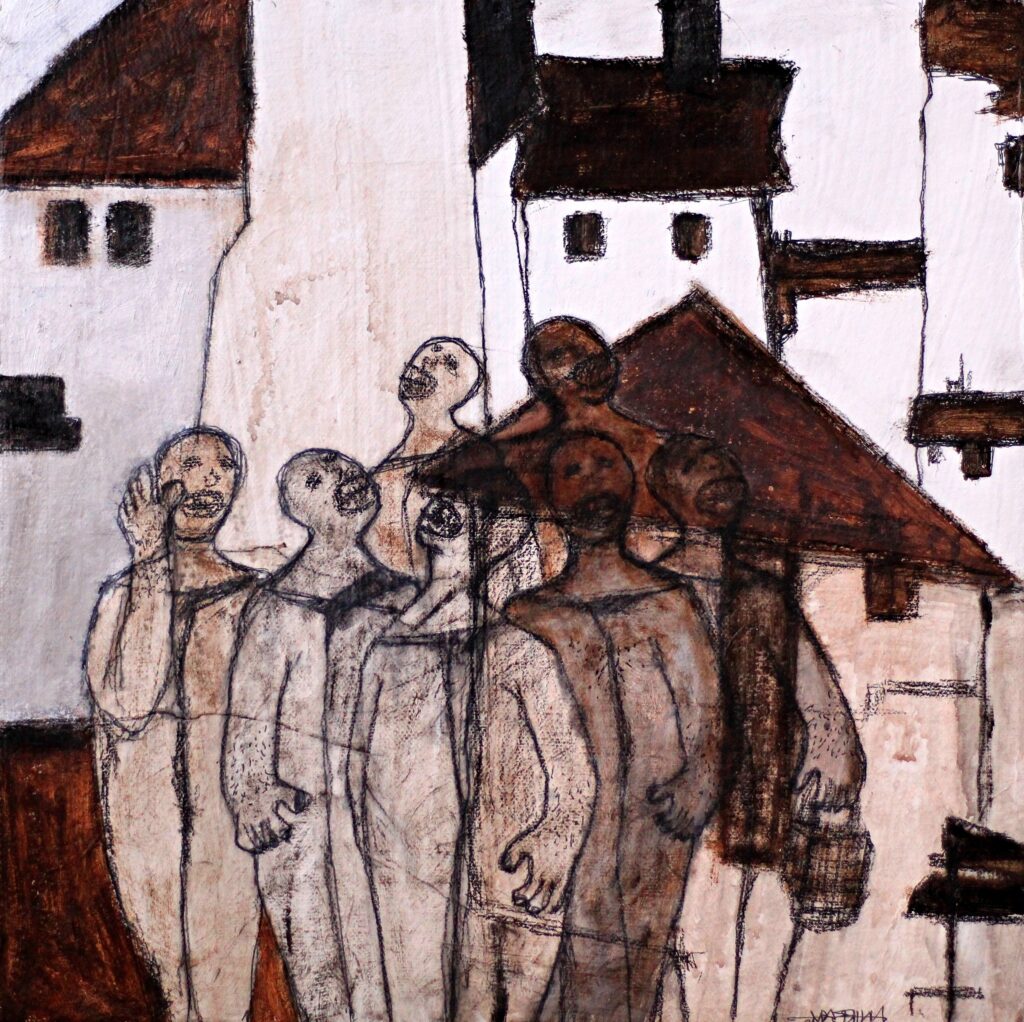
The Fictional Fear
All people are scared of death and loss.
These paintings are representing the fear of death and the social condition in the present time.
People here do not represent a social gathering. They are juxtaposed to represent society.
Their facial expressions represent the fear, anxiety and pain of someone’s death.
The flowers also become colorless, indicating the sadness and the uncomfortable situation.
The background of the painting is also monochromatic and dark, to represent the dramatic situation.
The whole painting uses exaggerated lines, which are very significant, to create distorted figures.
Thorn wires are partially covering the bodies, conveying the meaning that people are
suffering and living their life with troubles.

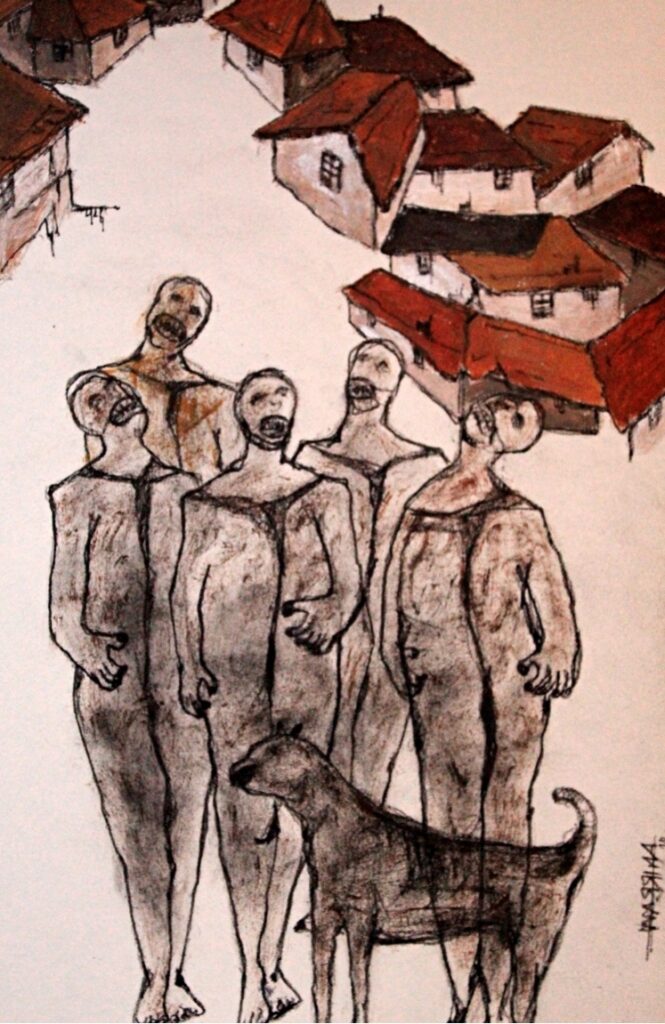
Without Borders
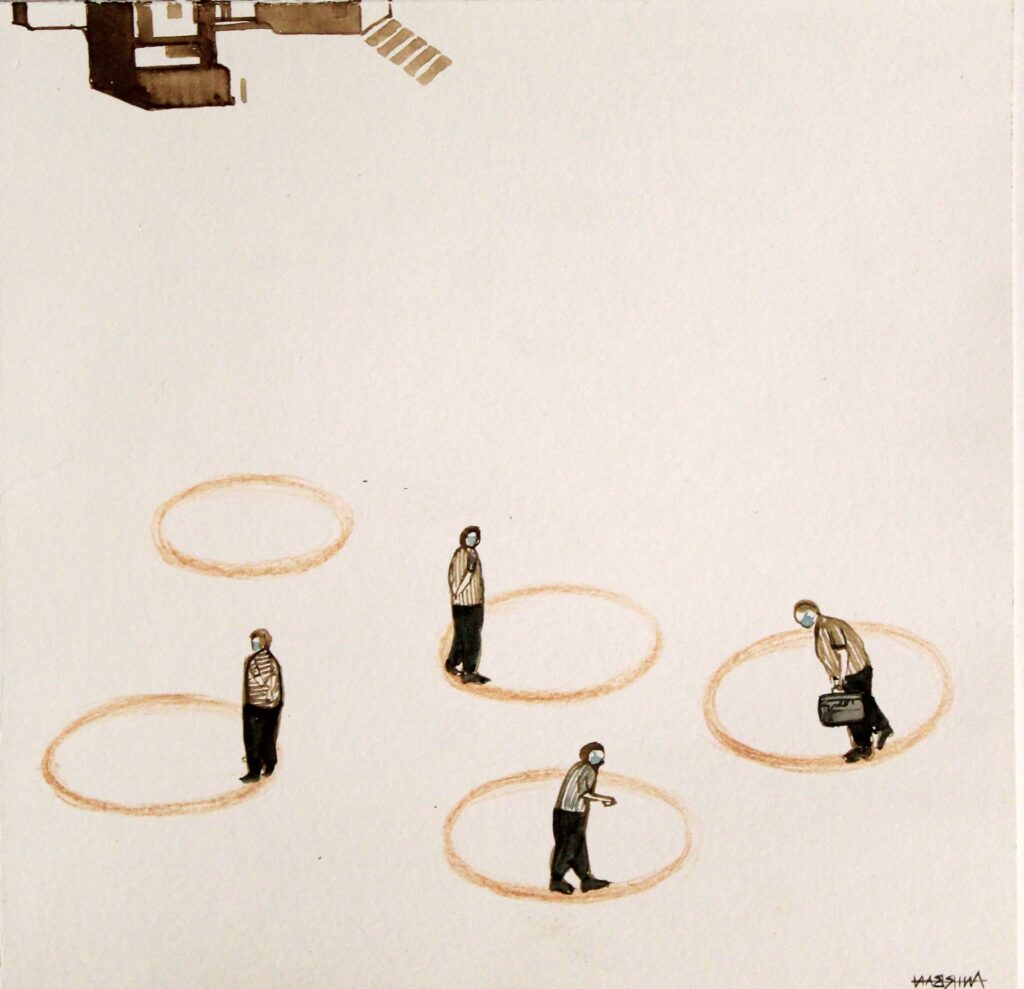
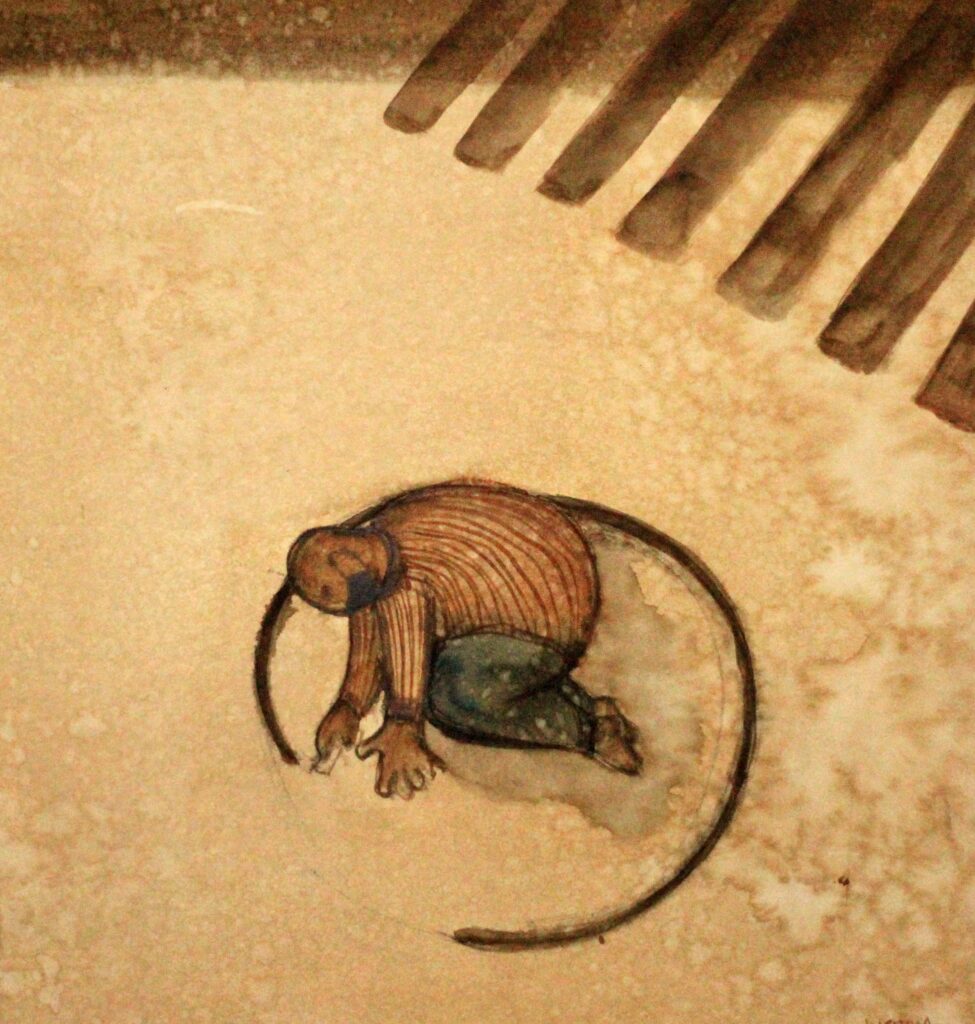
A Man On His Own

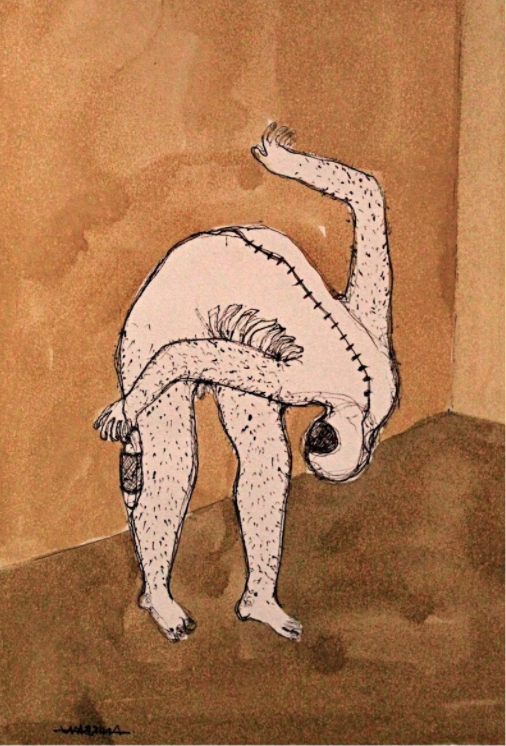


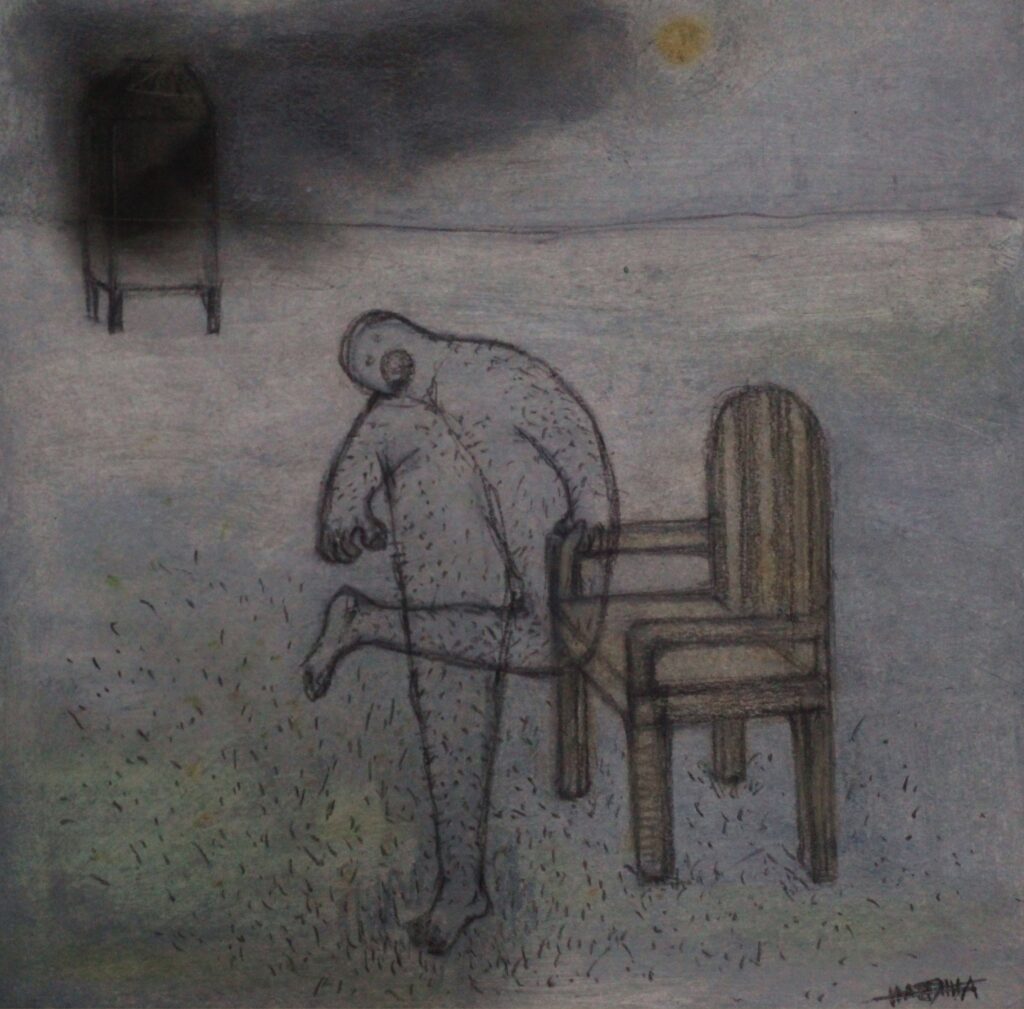
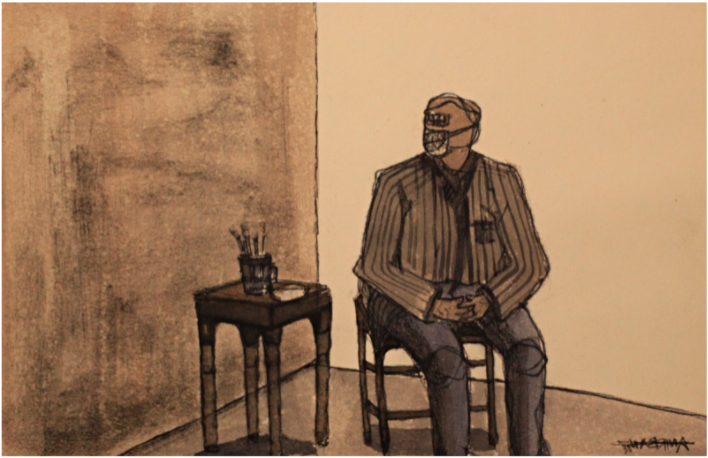

Breathing Hope
These are from a series of animated versions of my work.
I love the fluid character of colours. My work process is different.
I always mix a lot of water with colour to make it fluid.
After using the colours when the colour has fallen down, I feel the motion,
speed and rhythm which are interconnected with my emotion.
I can relate it to my mindfulness behavior in transforming these works into animations.
I feel, in this way, I can represent my sensibility more powerfully
in front of the whole world.
| 18” x 22” | 2021
About the Artist
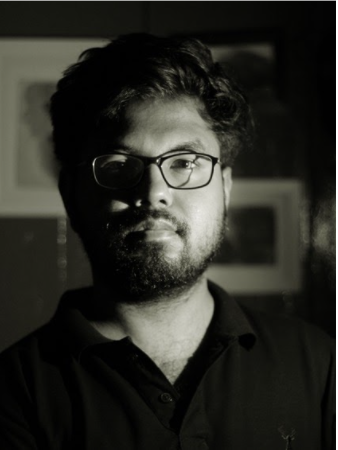
I am Anirban Mishra. I was born in Tamluk, East Medinipur, West Bengal, India. I have completed a B.F.A in painting from The Indian College of Arts and Draftsmanship in 2017 and an M.F.A in painting from S.N. School of Arts and Communication, University of Hyderabad in 2019. I have done many exhibitions in India and abroad. My works are published by Google book, some national and International magazines and some websites. Recently I received an award from the India Book of Records and Asia Book of Records, as well as an award in photography.
About the Curator
Einat Moglad holds a BA Cum Laude in Art from Beit Berl College and an MA in Art Therapy from the University of Haifa. She participated in exhibitions in Israel, the US, England, Sweden and Italy and conducted workshops at the Tel Aviv Museum of Art.
Her curatorial activity started with the project Scribble it Down, online co-creations across cultural distances. The project has resuted in six exhibitions and has seen the participation of dozens of artists from around the world. Its last iteration, "Between the Worlds", was presented as a live exhibition in 2018 at the ND Gallery in Tel Aviv.
In 2020 Einat conducted an international workshop, which culminated in the exhibition "Rhythm of the Blue Marble" and in the creation of the Bookmark Artist Collective of which she edits the magazine. The Collective is represented by the Avanguardian Gallery in London.
